From September to October, Gyeonggi Province and the Korea Ceramic Foundation hosted the Gyeonggi Ceramics Biennale 2024, a 45-day event held across multiple venues throughout Gyeonggi-do focusing on Icheon, Yeoju, and Gwangju in Gyeonggi Province. The Biennale featured a diverse array of programs, including exhibitions, academic conferences, and museum concerts. A distinctive aspect of this year’s Gyeonggi Ceramics Biennale was its evolution from a convention that was once regarded as the exclusive domain of experts into a global festival that dismantles the barriers of region, nationality, and age. In other words, this year’s Biennale invited all who wished to participate and enjoy the event together.
Celebrating its 12th year, the Gyeonggi Ceramics Biennale was directed by curator Misun Rheem. Director Rheem chose TOGETHER_Montaigne’s Cat as the theme for this Biennale, drawing inspiration from American sociologist Richard Sennett’s book Together: The Ritual, Pleasure, and Politics of Cooperation. This work is the second volume in his Homo Faber Project trilogy, which explores the nuances of living harmoniously with others.
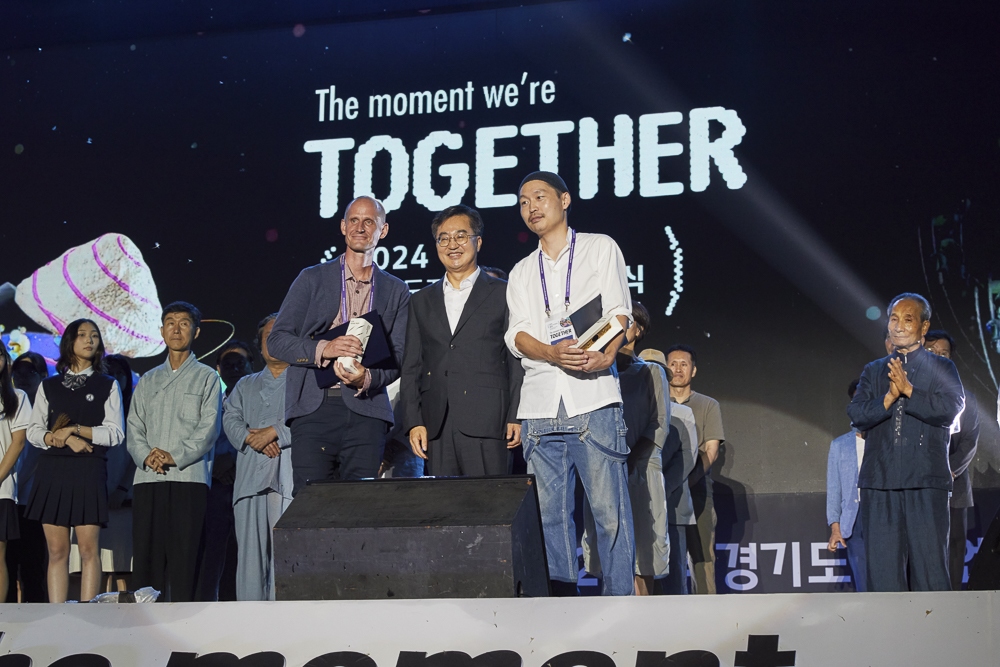
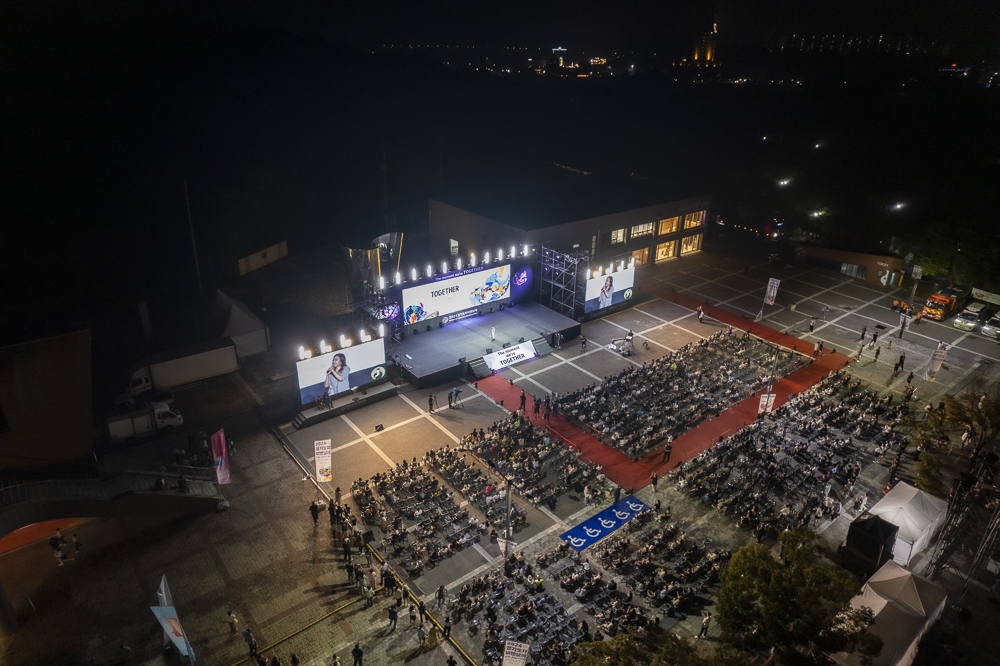
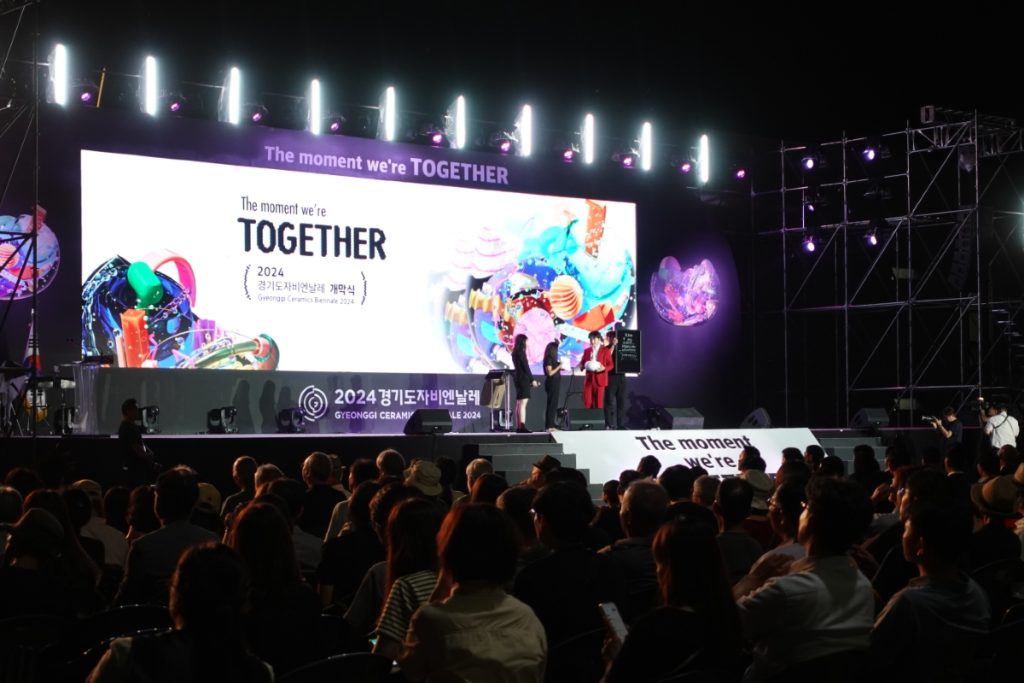
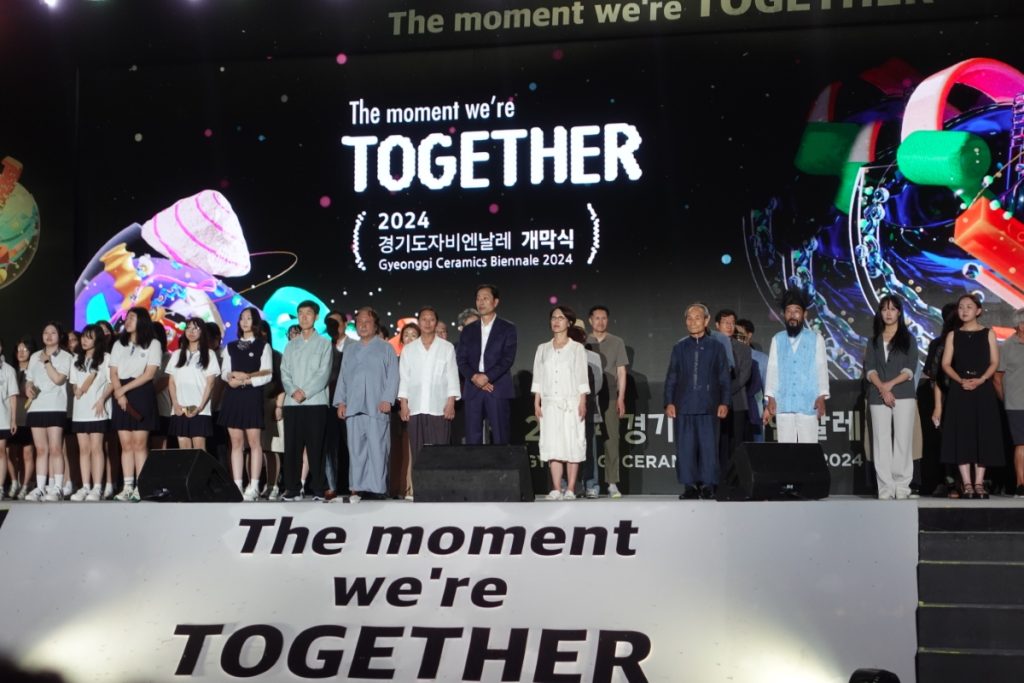
Misun Rheem (1), the Artistic Director of the Gyeonggi Ceramics Biennale 2024, is a seasoned figure in the ceramics world who has dedicated herself as a Korean curator to exploring the role of art within the public sphere. In 2021, she directed the Cheongju Craft Biennale under the theme of coexistence. For the Gyeonggi Ceramics Biennale, she maintains this focus, conveying a message that stresses thoughtful cooperation that respects fundamental differences.
The 16th-century French philosopher Michel de Montaigne authored Essais, in which he wrote, “When I play with my cat, who knows if I am not a pastime to her more than she is to me?” This indicates that the phenomenon of viewing the same situation from different perspectives often unfolds without the full understanding or mutual respect of those involved. Inspired by this, Director Rheem understood that true cooperation begins with recognizing each other’s differences and respecting that diversity. She expressed her intent to explore the true essence of cooperation through the phenomena presented within the Biennale she directed.
The Biennale, shaped by Director Rheem’s vision, transformed into an event that explores how, through the medium of ceramics, we might recover the lost skill of cooperation amid the social conflicts and anxieties of modern society. This is in light of this medium serving as a bridge between innumerable races, nations, and extensive histories. The event also artistically examined the true meaning of cooperation through exhibitions, academic events workshops, and ancillary events.
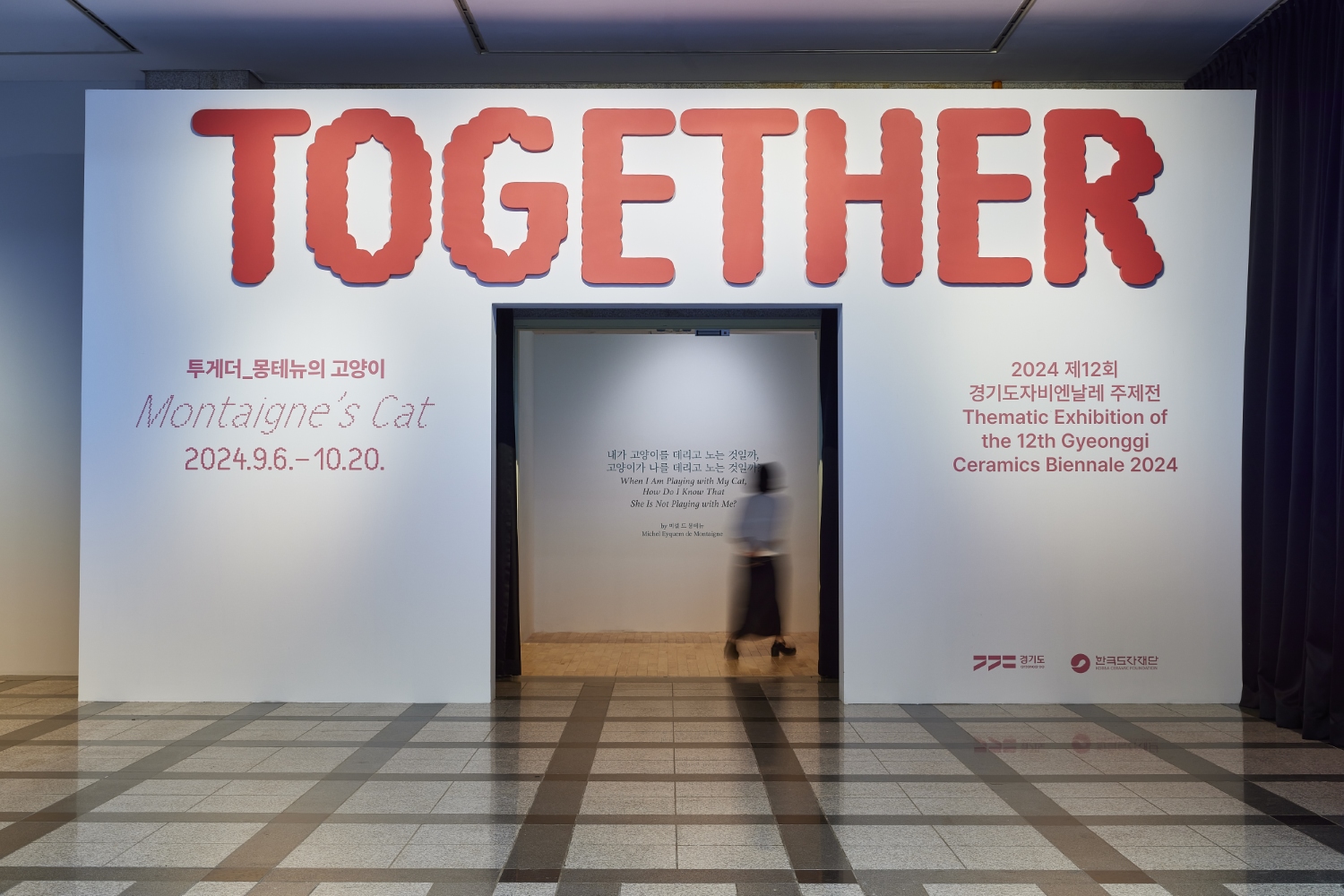
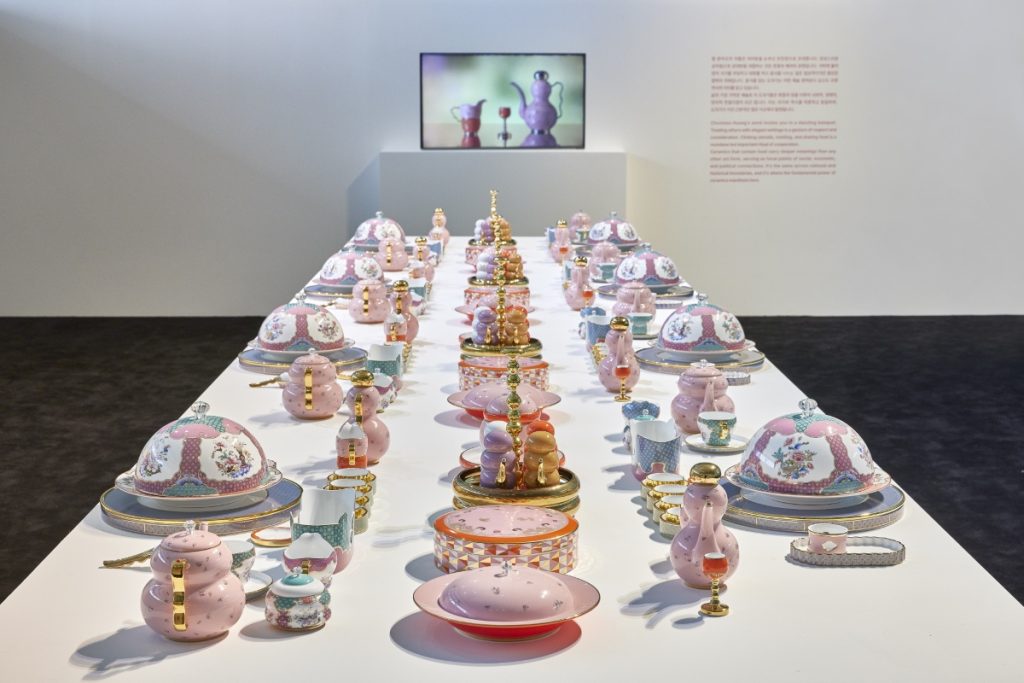

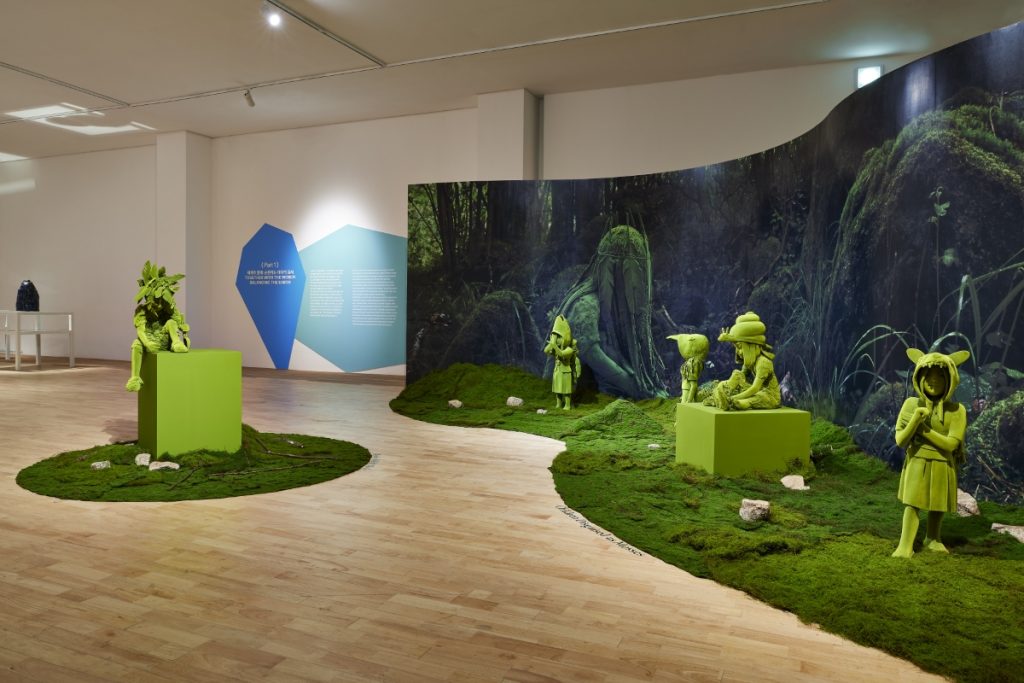
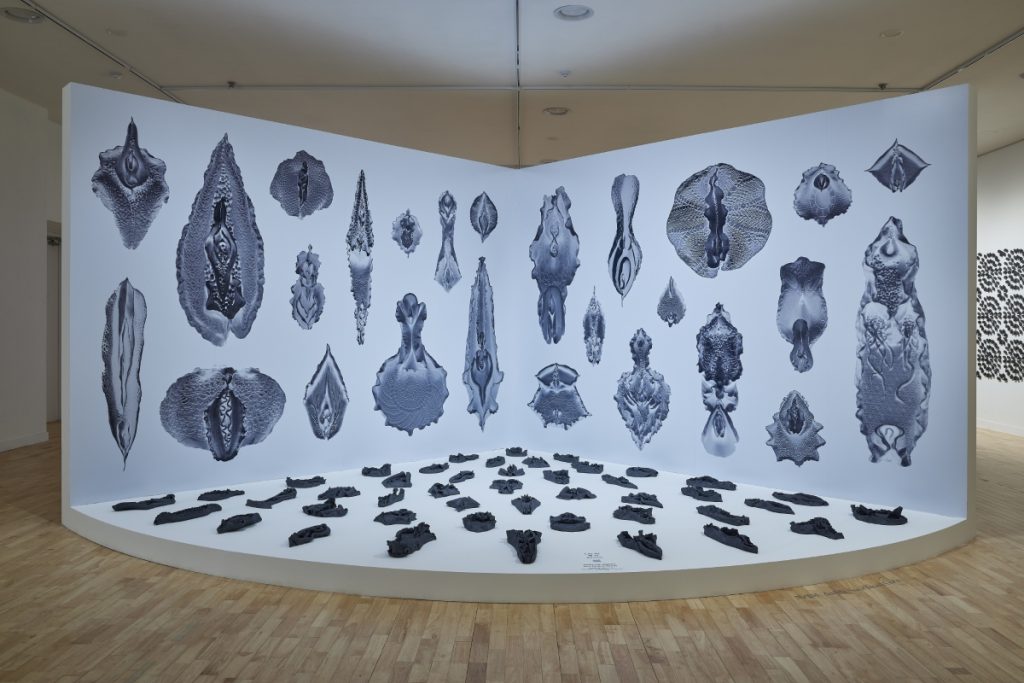
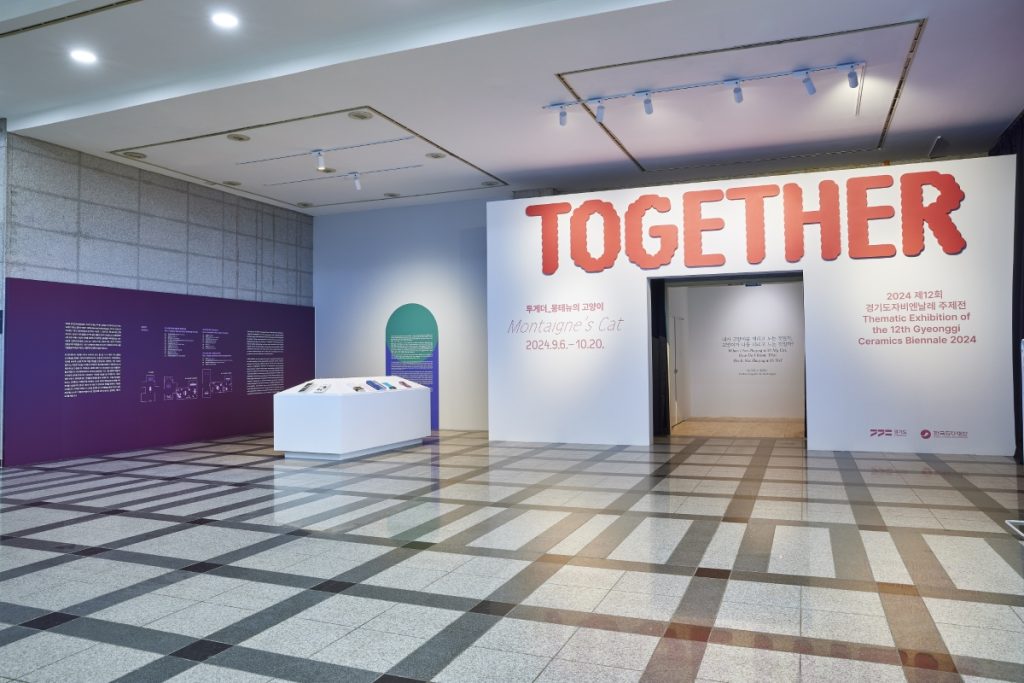
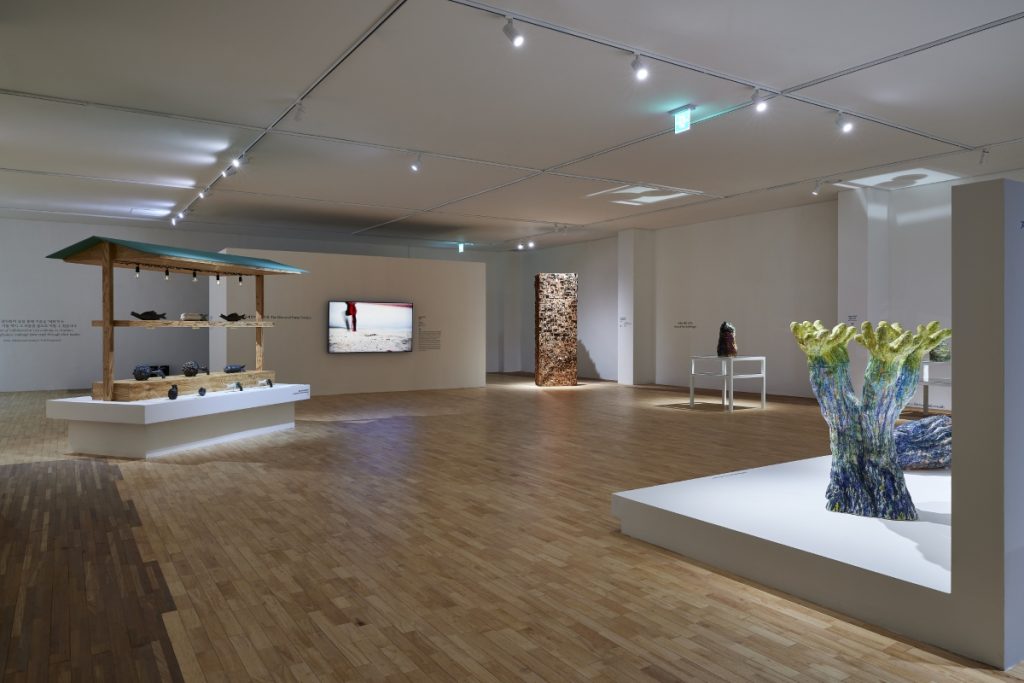
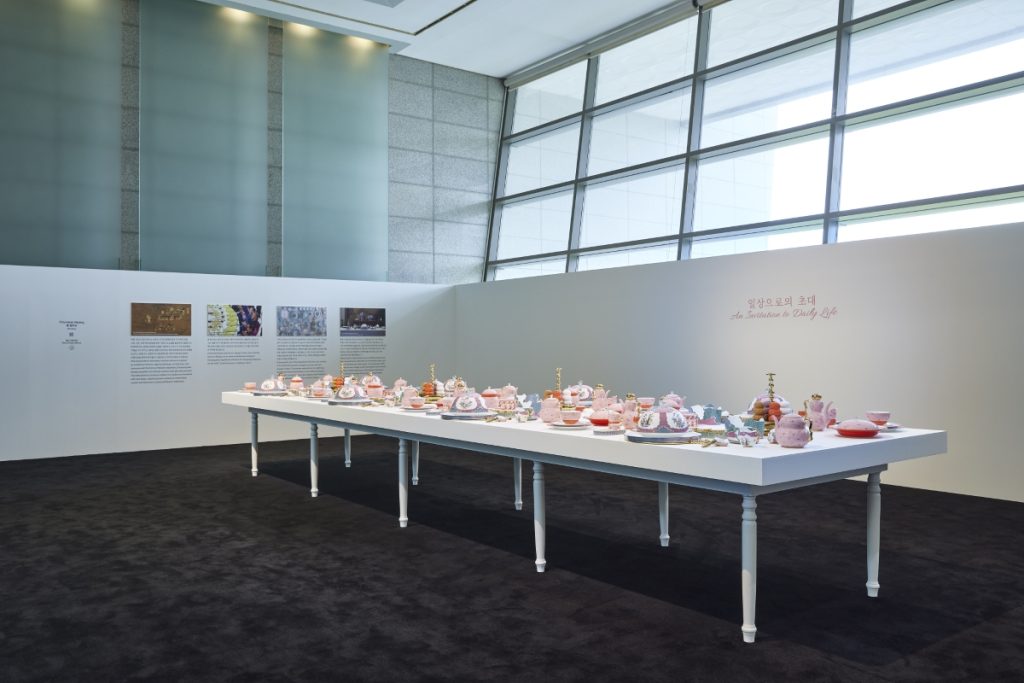
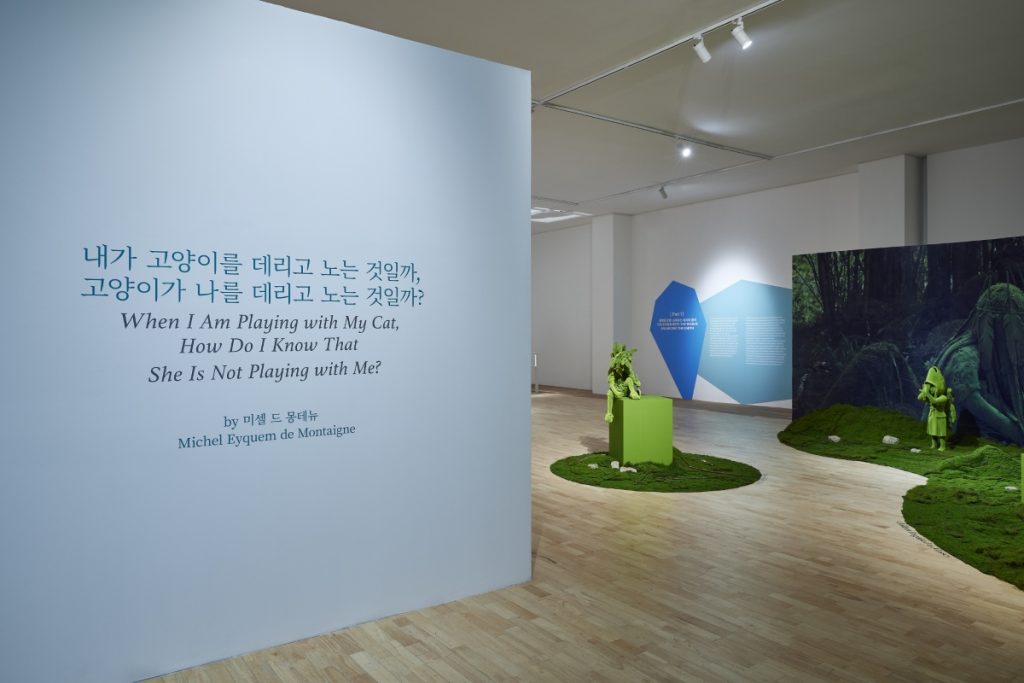
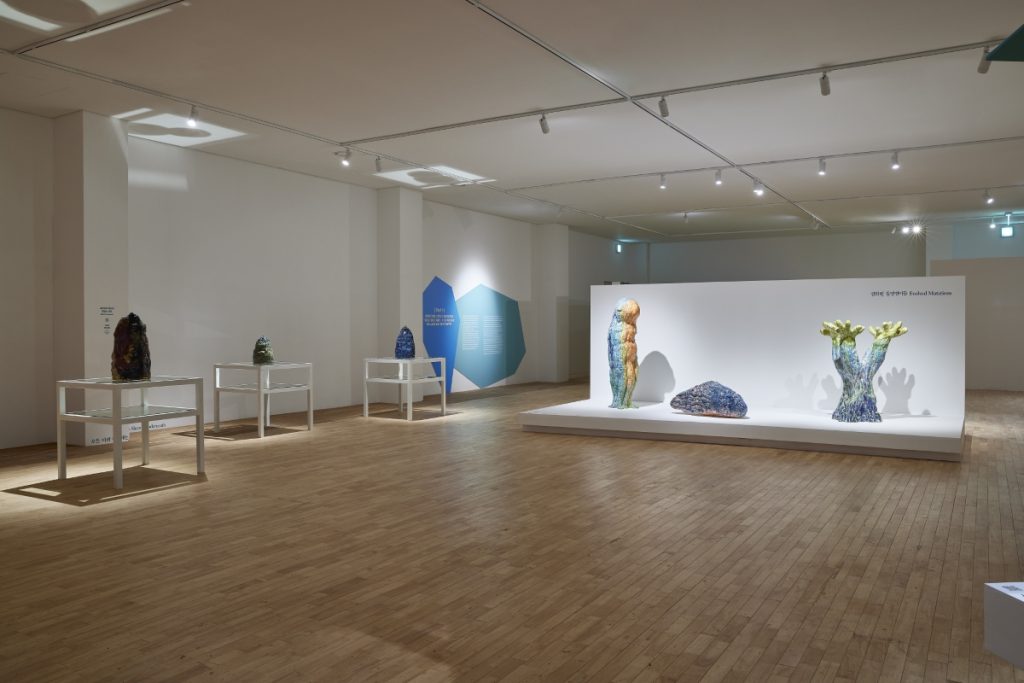
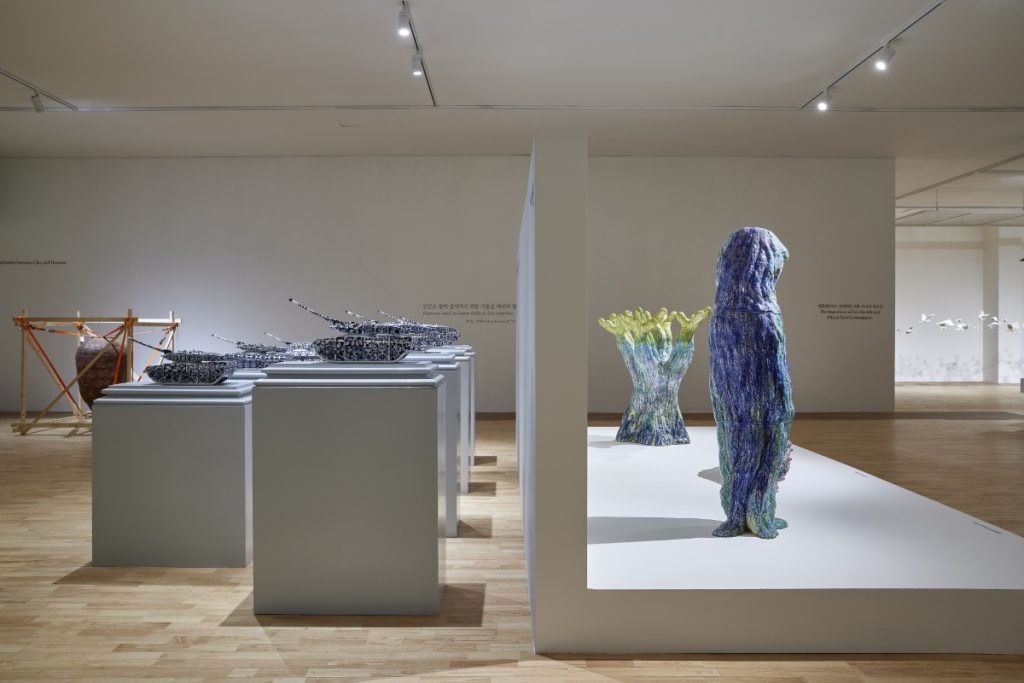
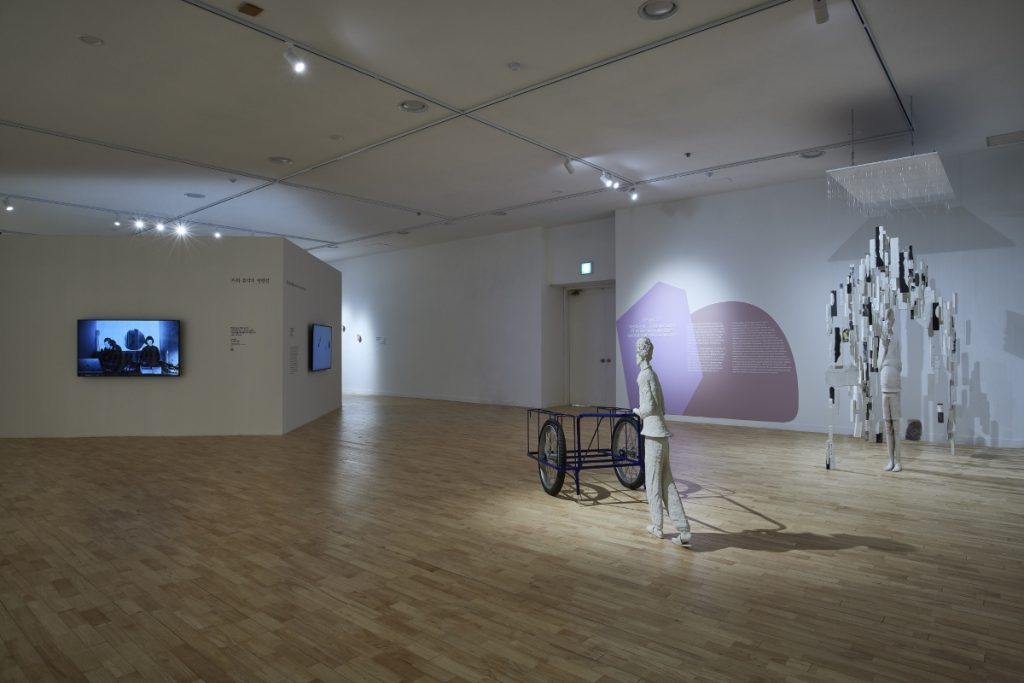
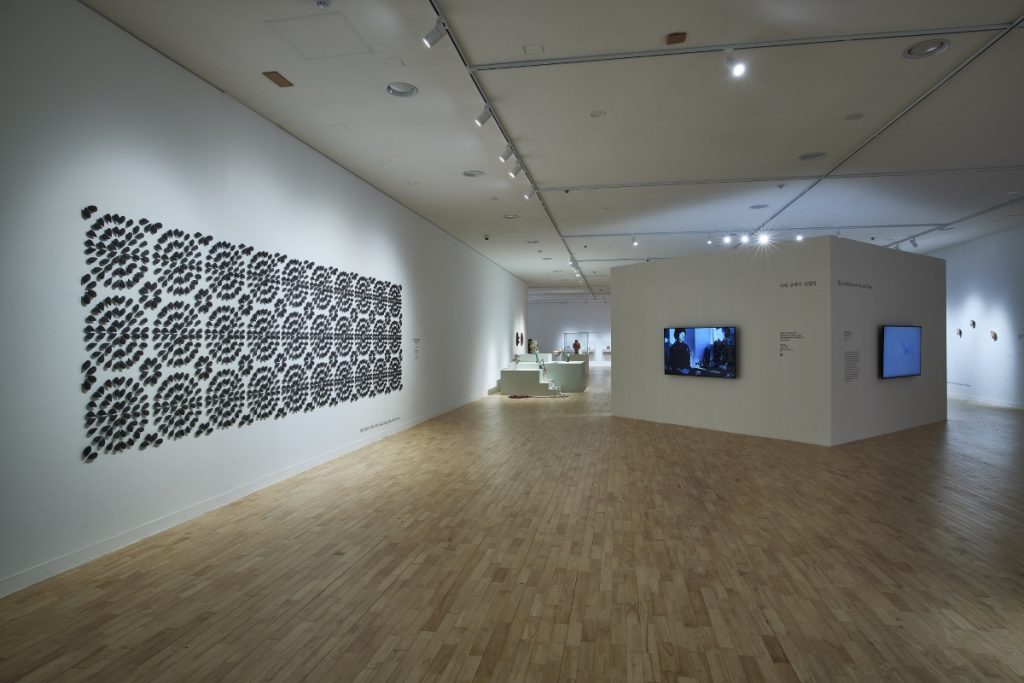
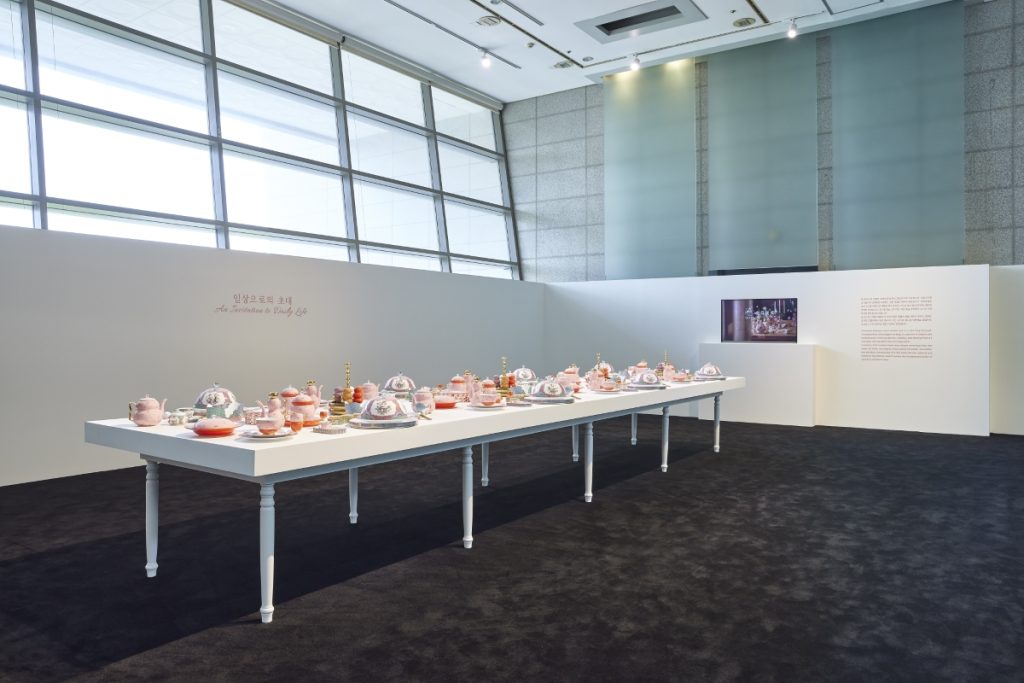
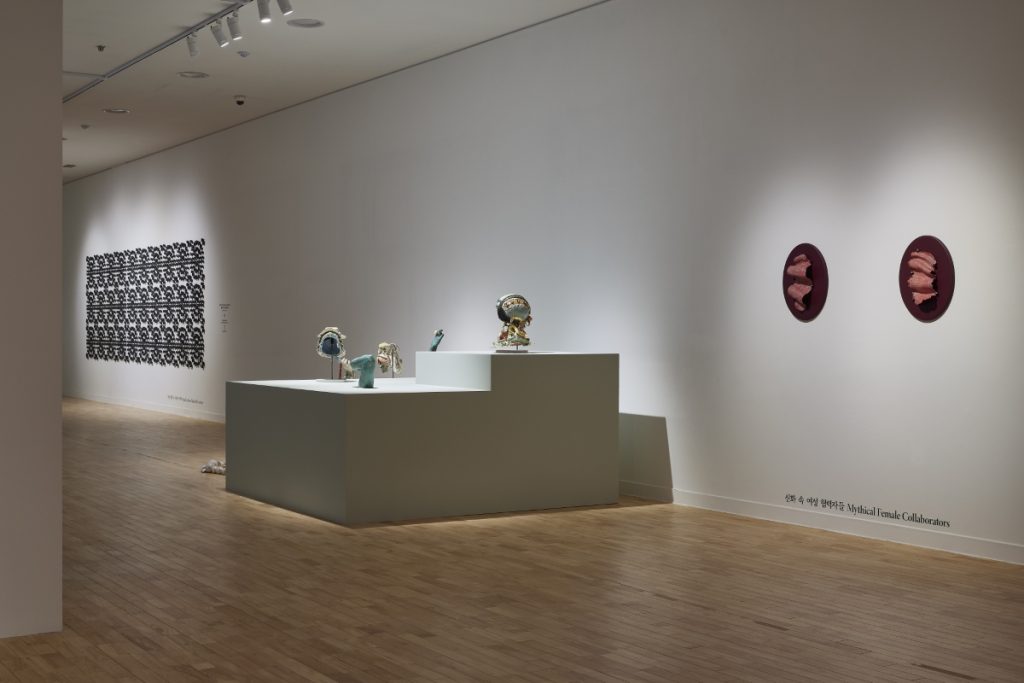
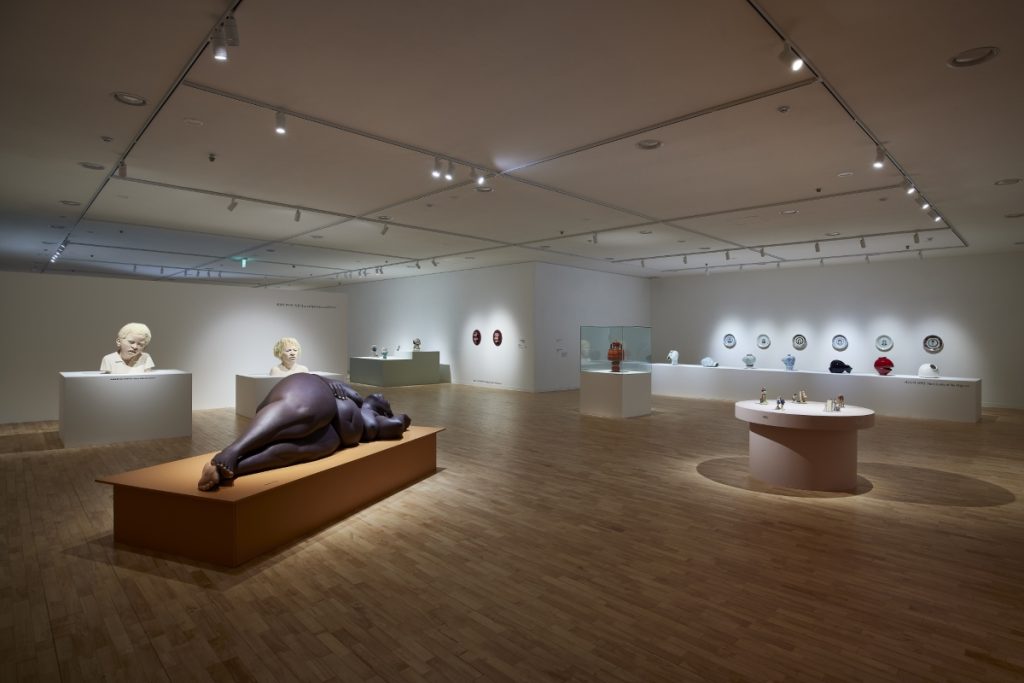
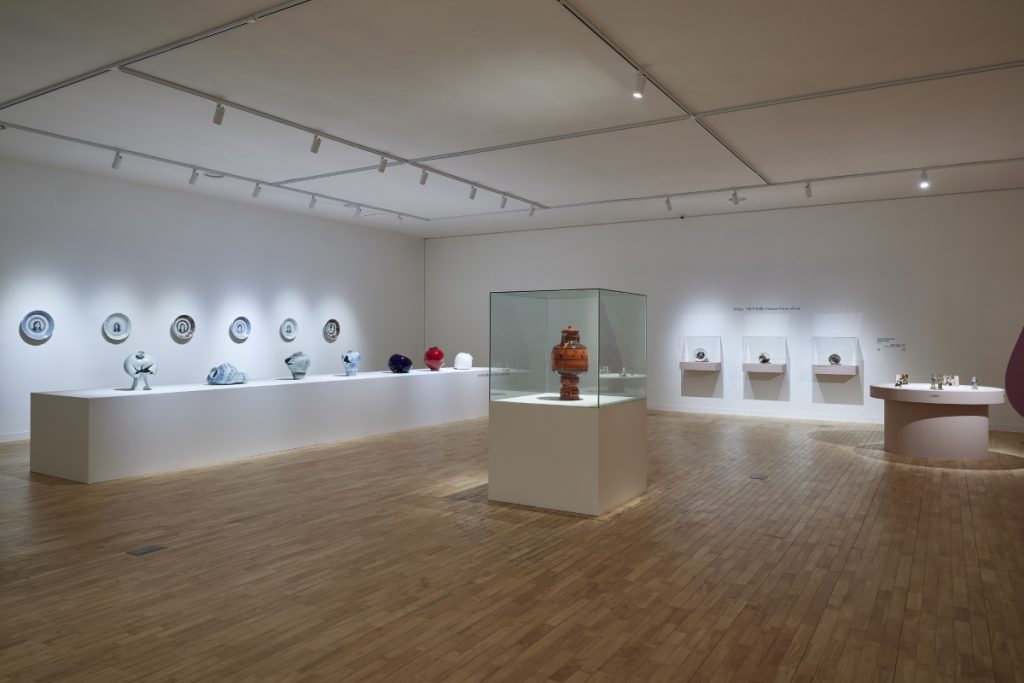
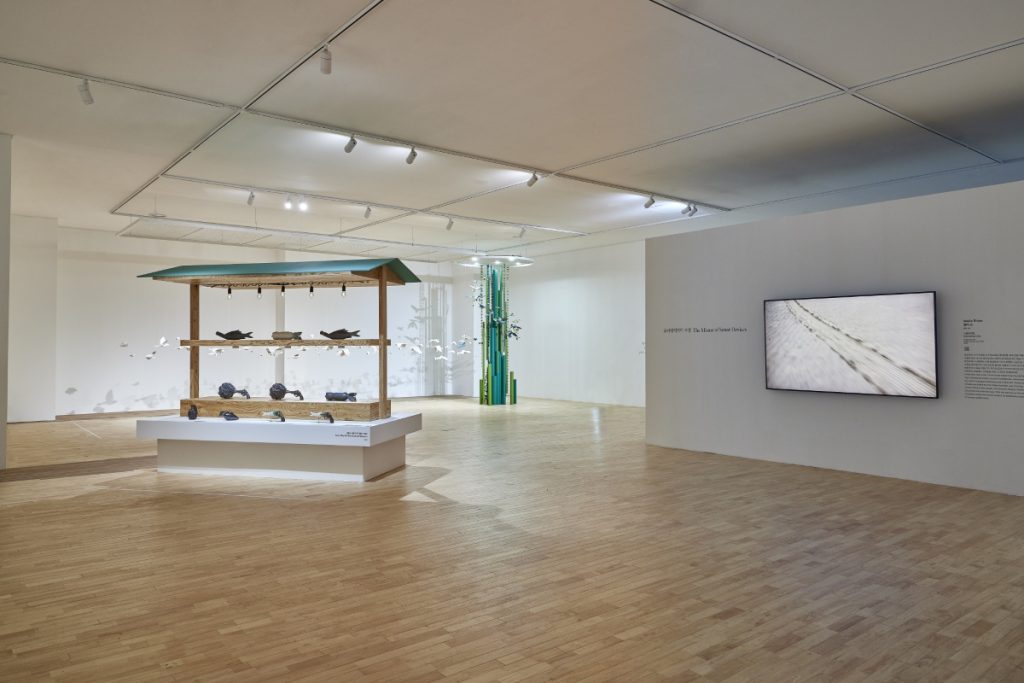
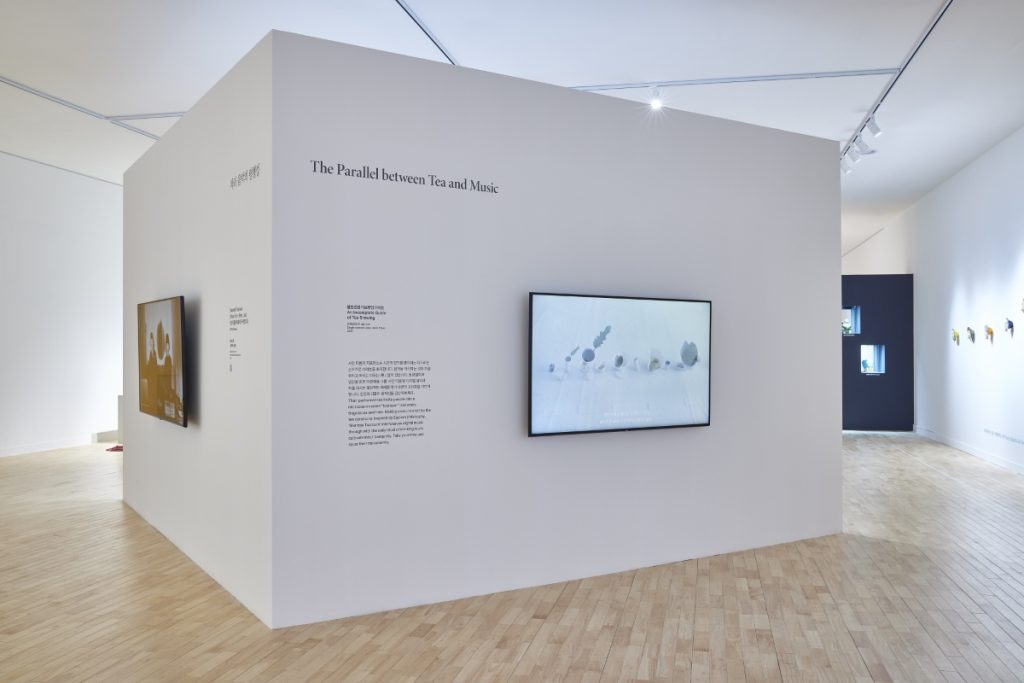
The thematic exhibition TOGETHER_Montaigne’s Cat, held at the Gyeonggi Museum of Contemporary Ceramic Art in Icheon, began with Montaigne’s question mentioned above: “When I play with my cat, who knows if I am not a pastime to her more than she is to me?” This inquiry was addressed in the exhibition, not only as a reflection on the relationship between humans and cats but also as an expanded understanding of the relationships between people, between the individual and society, and even between humanity and the Earth. In this way, it prompted individuals, as subjects of life, to recognize the differences between themselves and others, inviting reflection on the deeper meaning of cooperation.
The Thematic Exhibition featured 75 works by 26 artists from 14 countries. Part 1, Together with the World: Order of the Circulating Earth, addressed various social issues such as the environment, animal protection, and the climate crisis. Part 2, Together with Others: On Friendship, explored those regarded as social “others,” including individuals affected by gender issues, queer communities, people of color, and immigrants. This section encouraged ways to understand diversity and to share compassion. Part 3, Together with Yourself: In the Digital World, presented diverse artworks reflecting on individual isolation in the digital era brought by the Fourth Industrial Revolution, offering perspectives on ways to live with yourself.
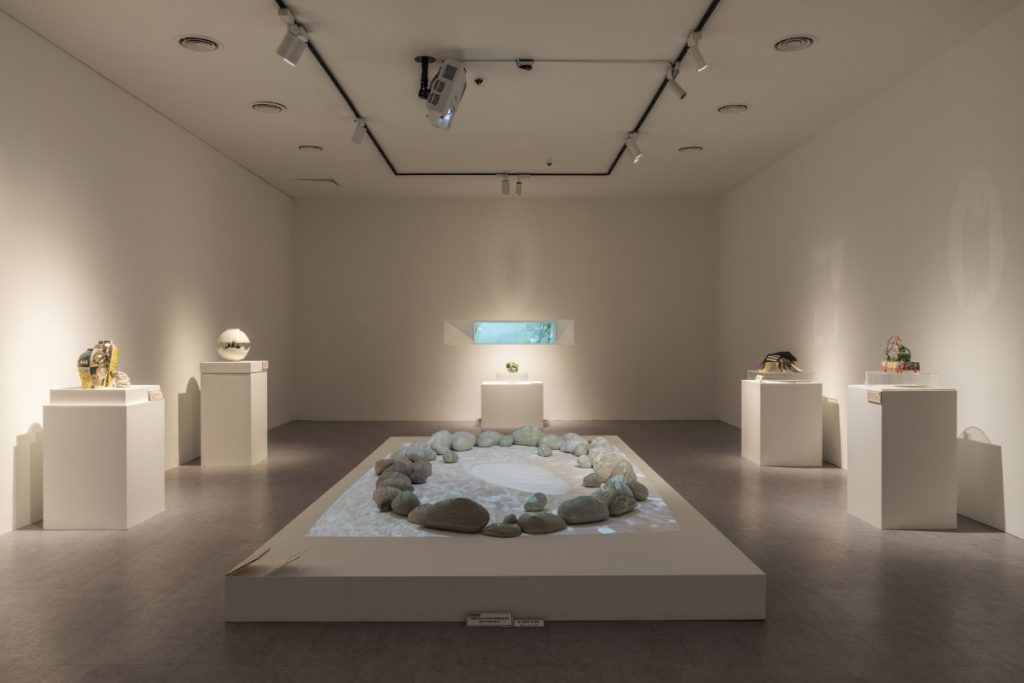
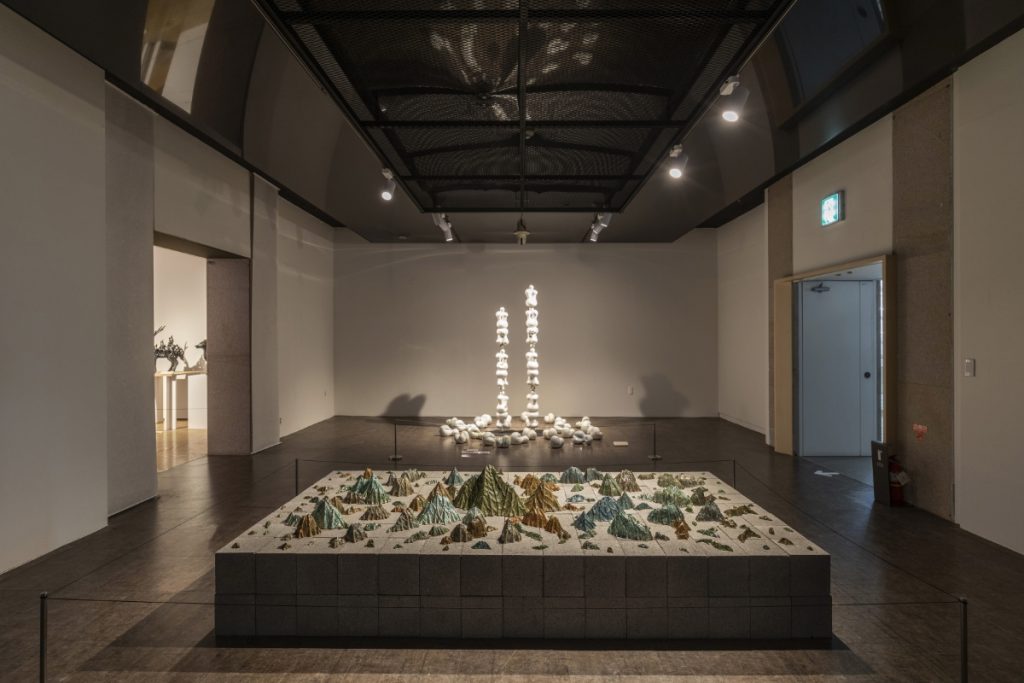
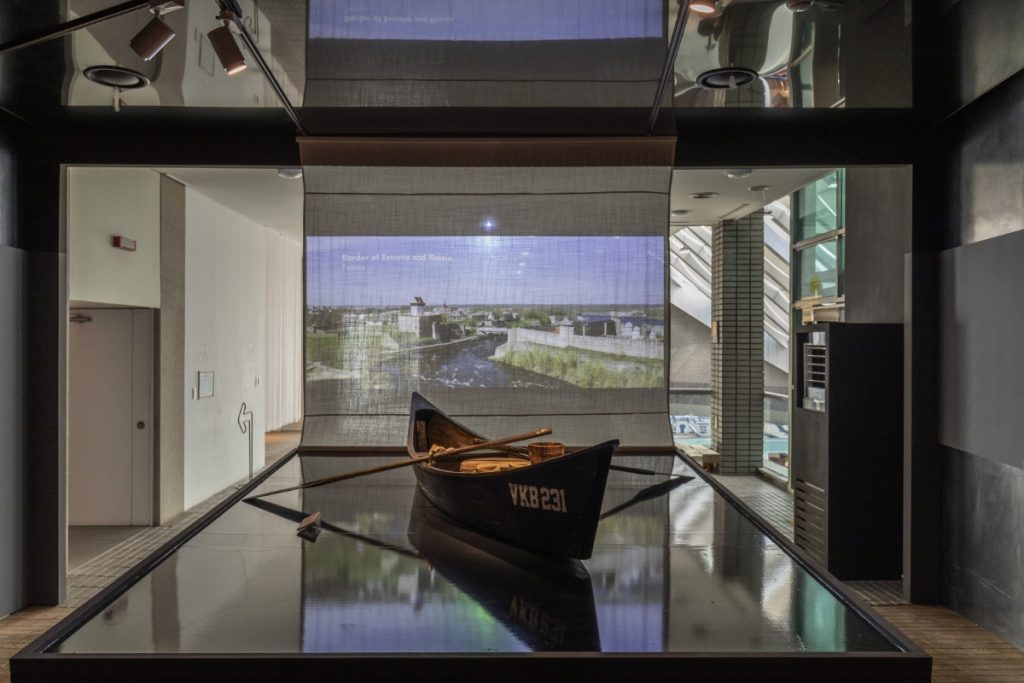
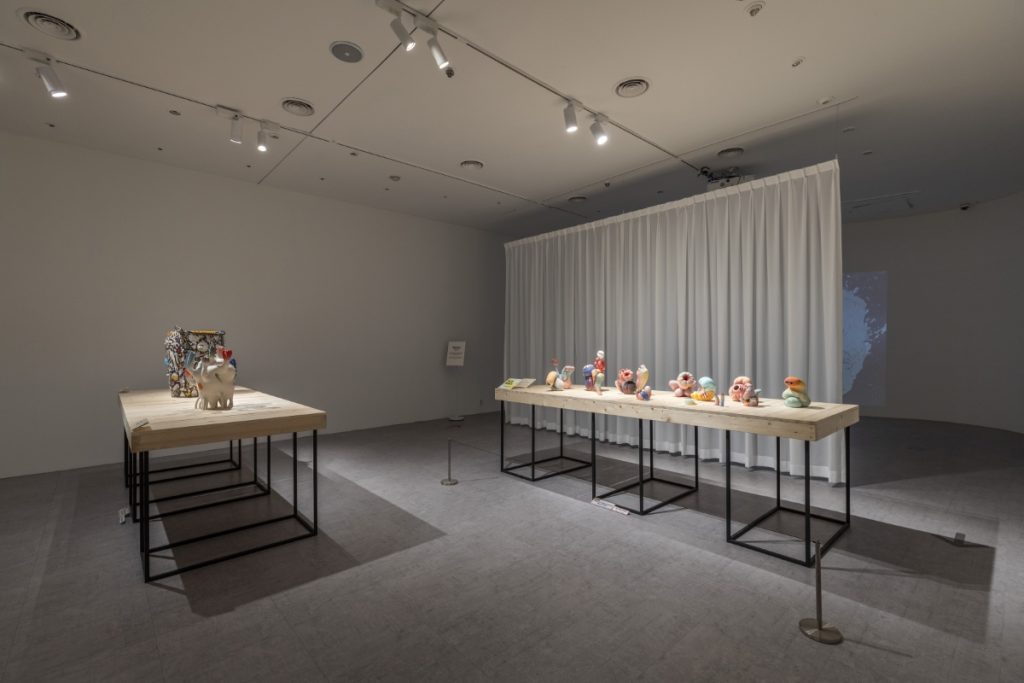
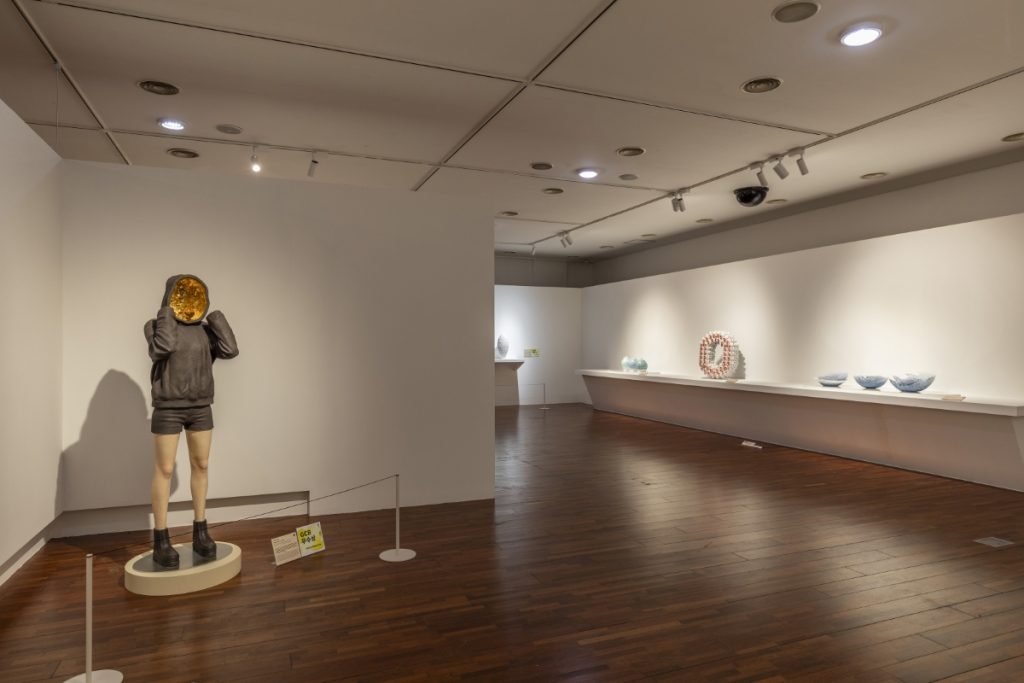
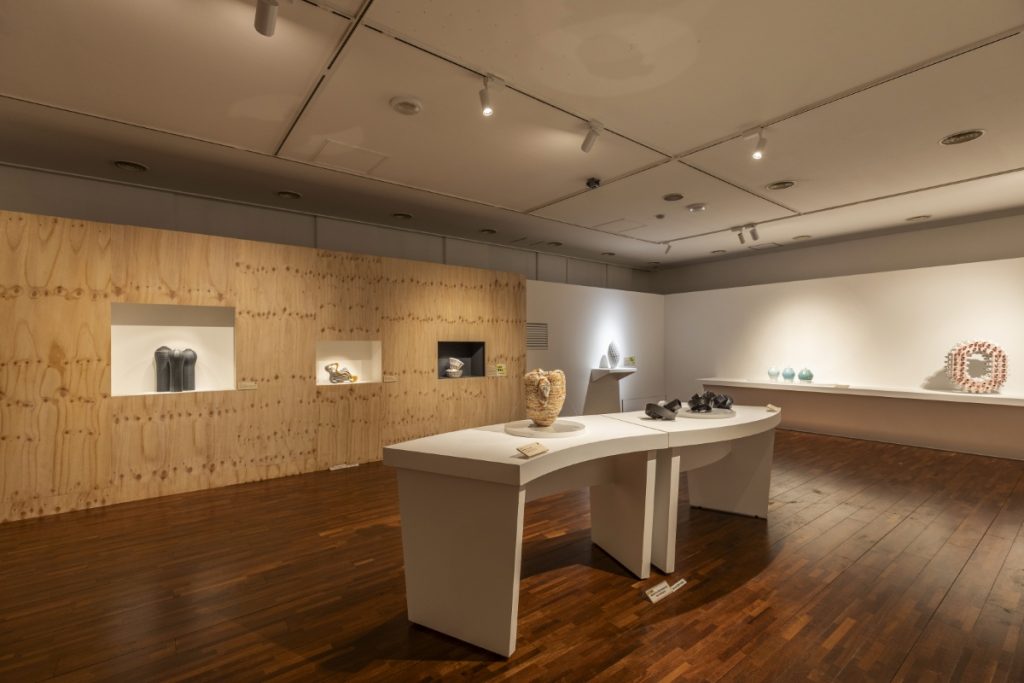
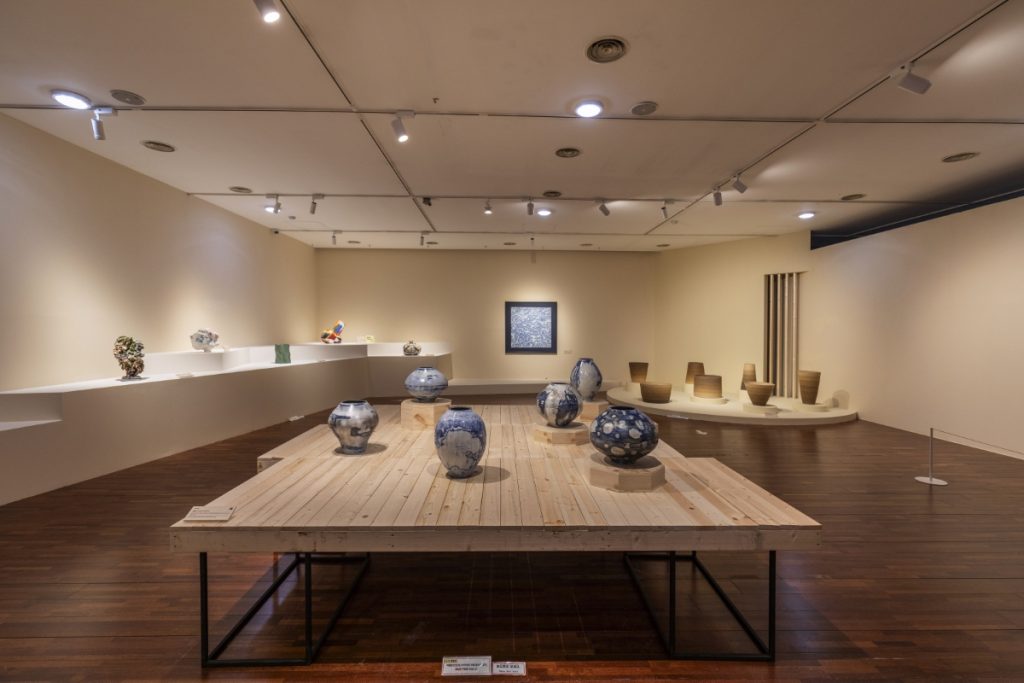
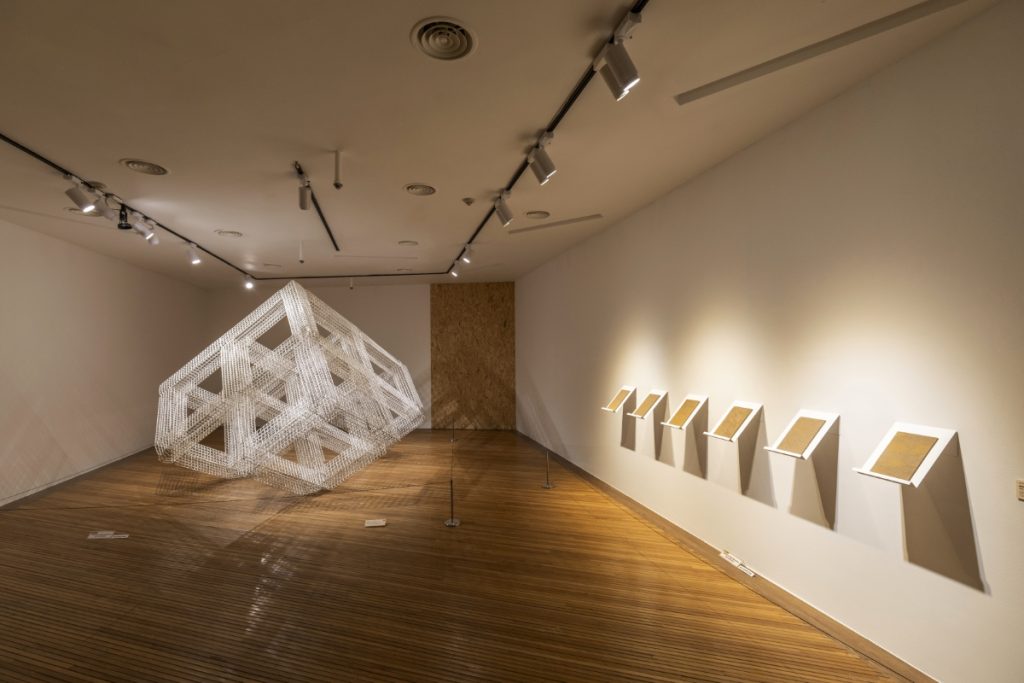
Meanwhile, the International Competition was held at the Gyeonggi Museum of Ceramic Design in Yeoju. This event serves as a premier platform for artists worldwide to showcase their major artworks and engage in open competition, making it one of the largest exhibition exchange stages globally. This year, 1,097 artists from 73 countries participated, submitting a total of 1,505 artworks. Through a fair and rigorous evaluation conducted by a panel of 10 distinguished judges, 57 winning art pieces by 57 artists from 20 countries were selected. The Grand Prize, accompanied by a total prize sum of KRW 60 million, was awarded to American ceramist Matt Wedel. His artwork, Fruit Landscape, was praised for its profound understanding of clay and fire, remarkable expressiveness, and high level of technical originality. The International Competition exhibition will be open to the public until February 2, 2025, following the Biennale period.

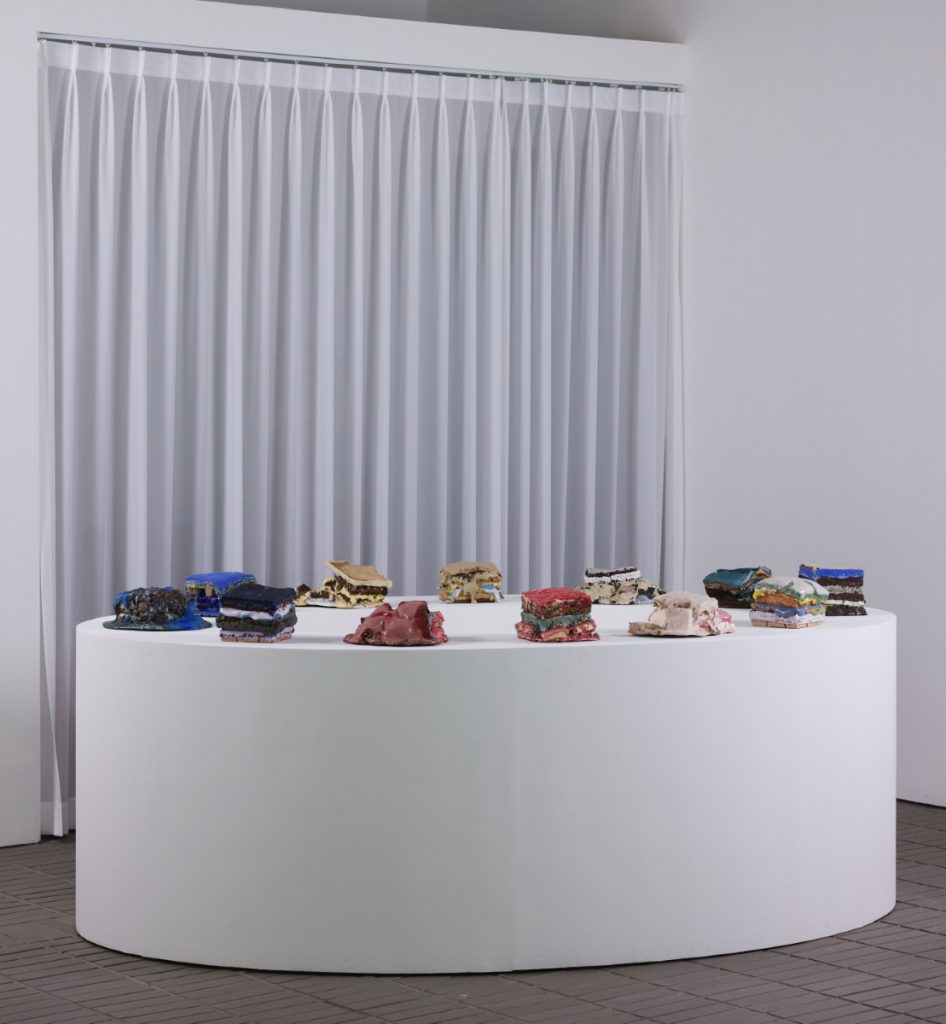
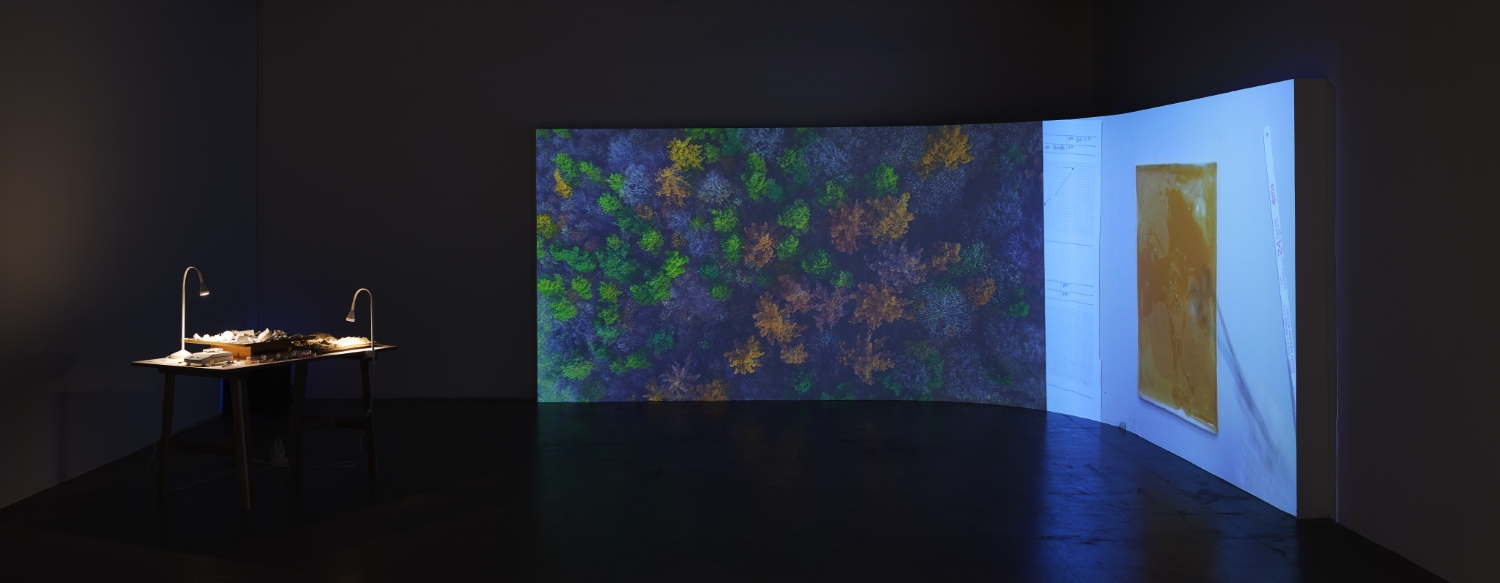
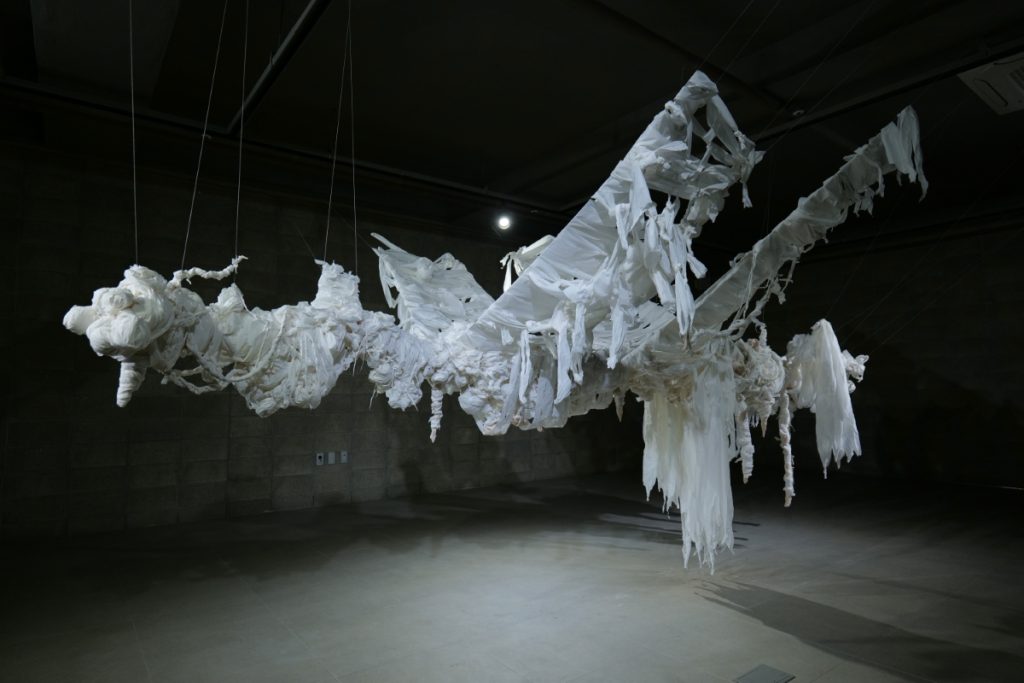
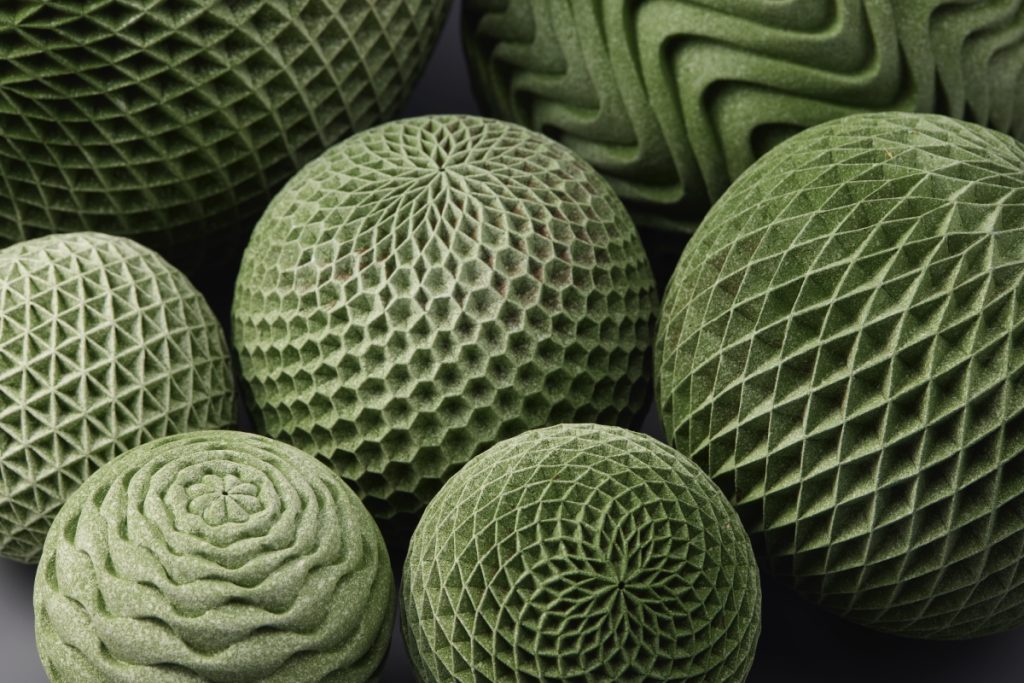
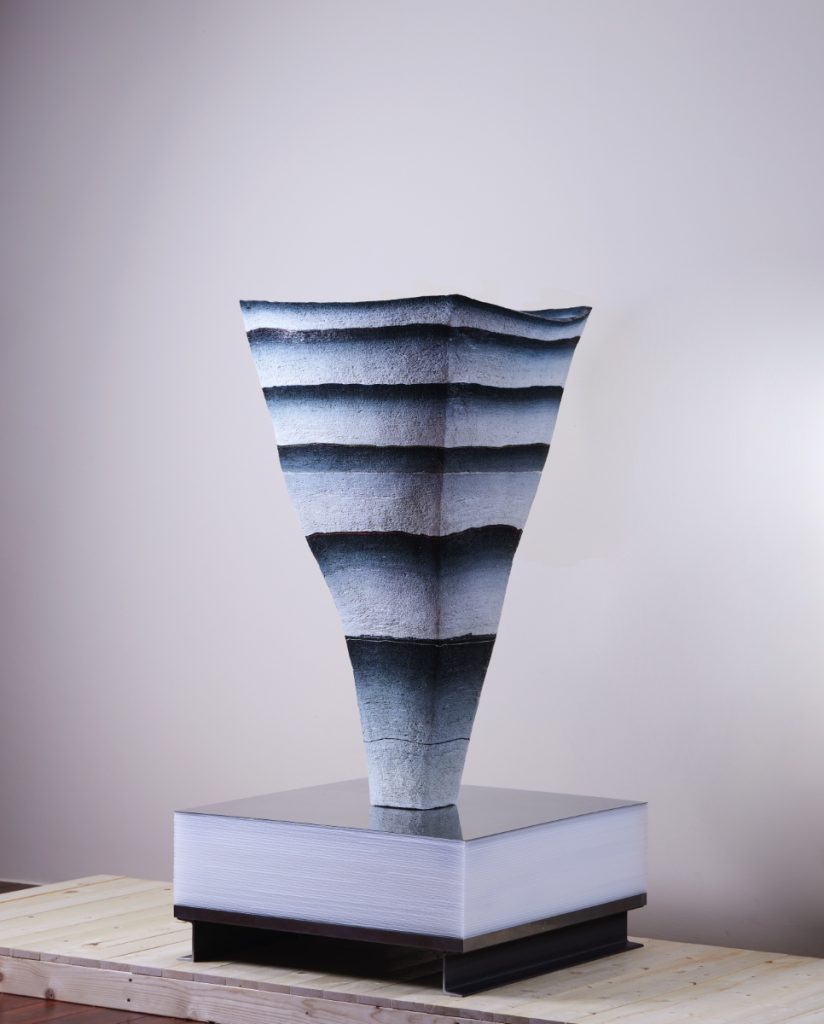
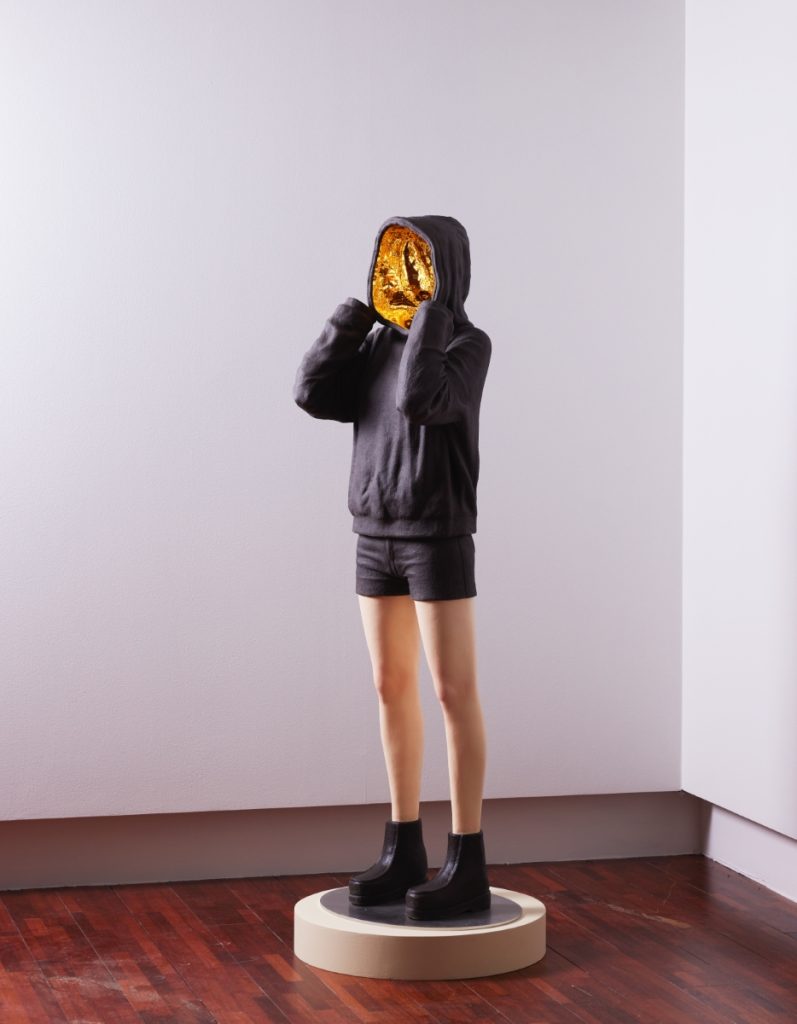
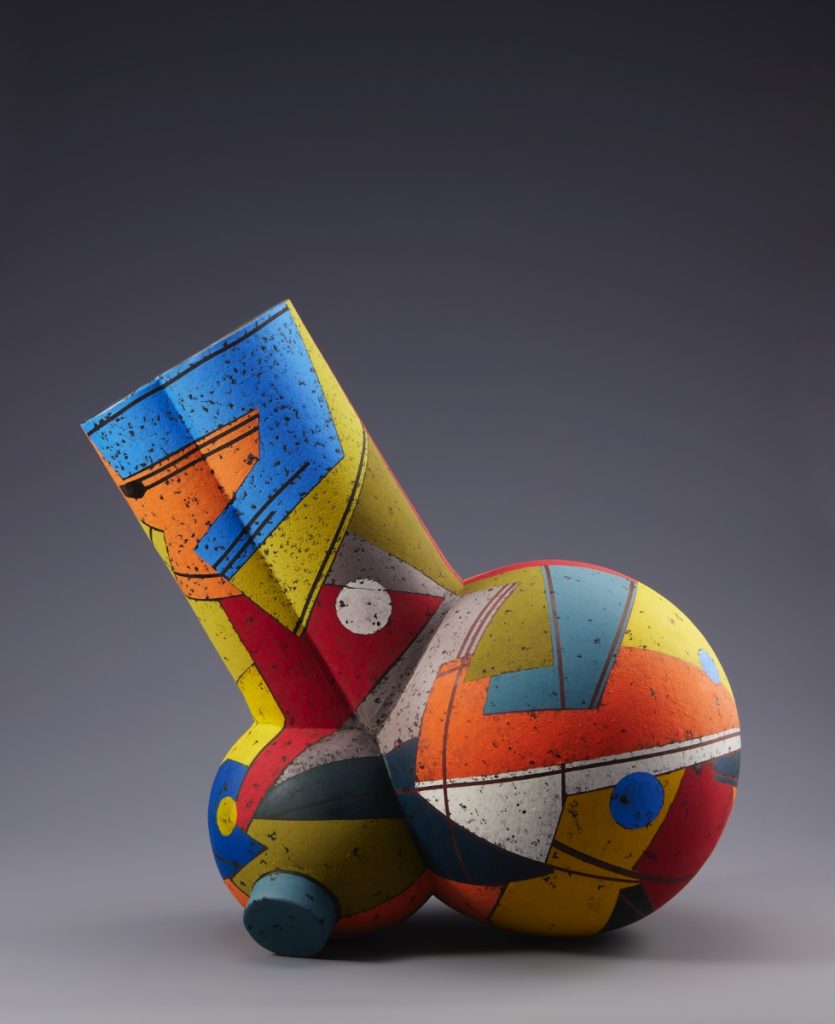
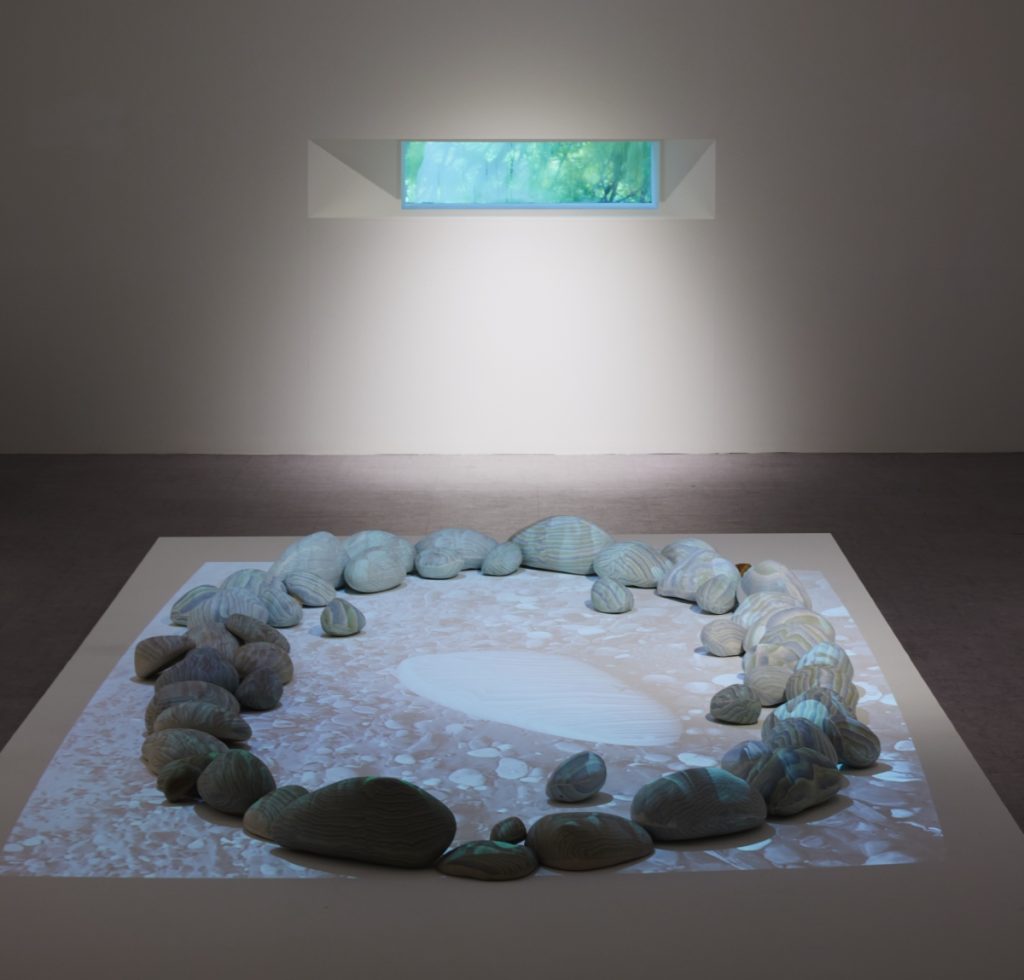
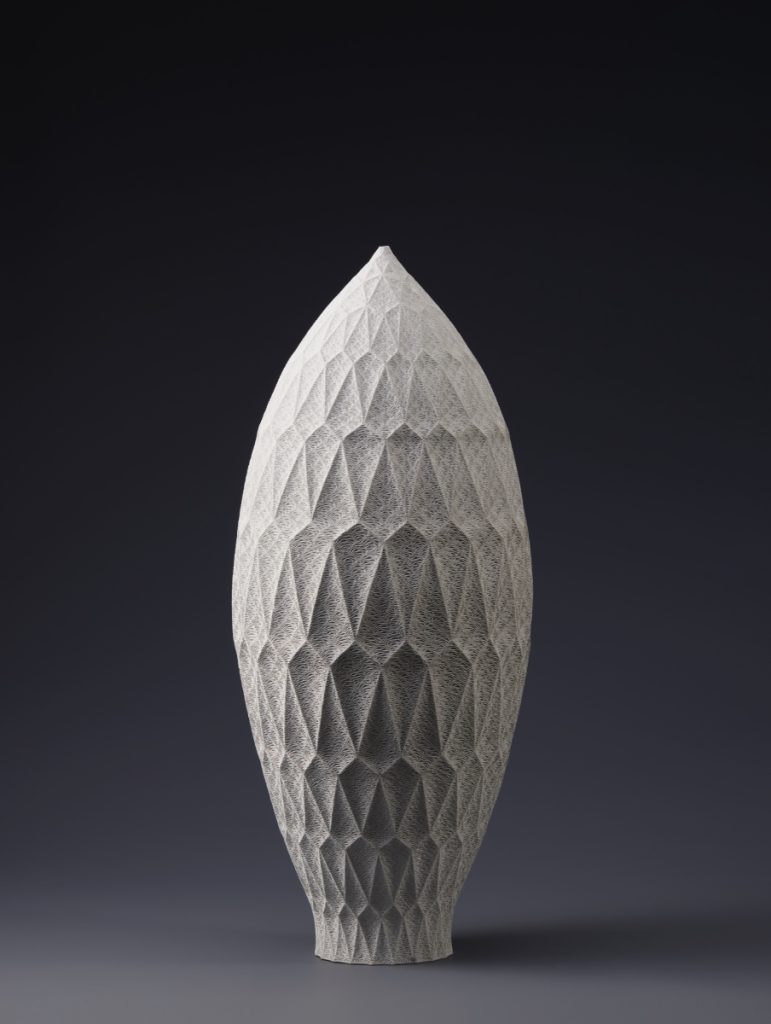
GCB Grand Prize: Matt Wedel (US)
GCB Excellence Prize: Kim Ahyoung (KR), Kim Hyeonyoung (KR), Lim Jihyun (KR), Park Jongjin (KR), Kimie Ino (BR), Mo Hyeonseo (KR), Bruce Taylor (CA), Zhaojing Wang (CN)
GCB Traditional Prize: Lee Jongmin (KR)
GCB Special Prize: Choi Naun (KR), Dita Cossio (CL), Kathryn Baczeski (US), Park Soeun (KR)
At the Gyeonggi Ceramic Museum in Gwangju, the 6th Beautiful Korean Ceramics Competition took place. This competition aimed to discover outstanding emerging artists dedicated to affirming Korean identity and preserving the spirit of Korean craftsmanship. Out of 353 entries, 36 winning artworks were selected and displayed. The exhibition featured remarkable artworks that harmonize traditional Korean beauty with contemporary forms, including Inherent Beauty by Park Songkuk, which won the Grand Prize for its expression of the subtle and elegant aesthetics unique to Korean ceramics. Together, these pieces offered a moment to reflect on Korea’s identity within the broader currents of global ceramic culture.
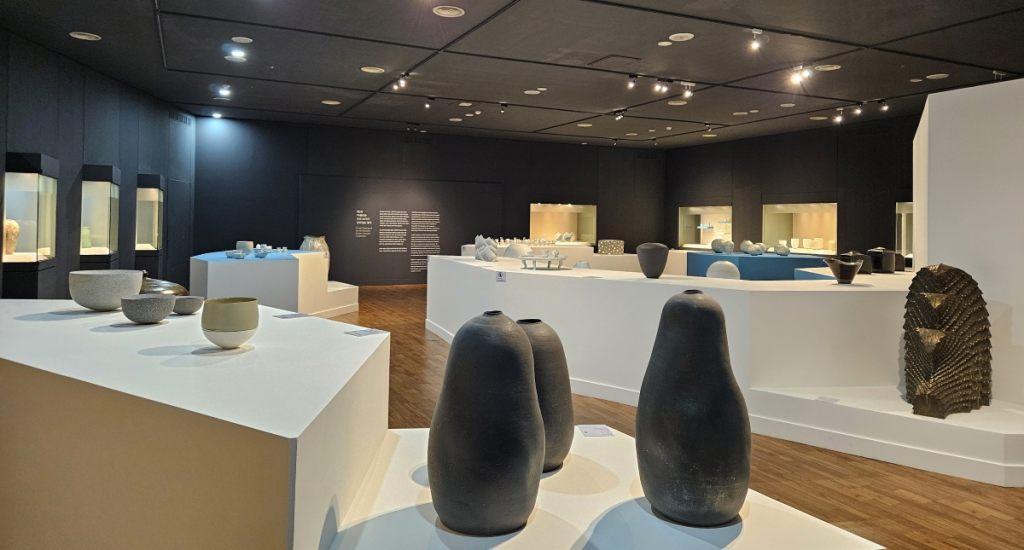
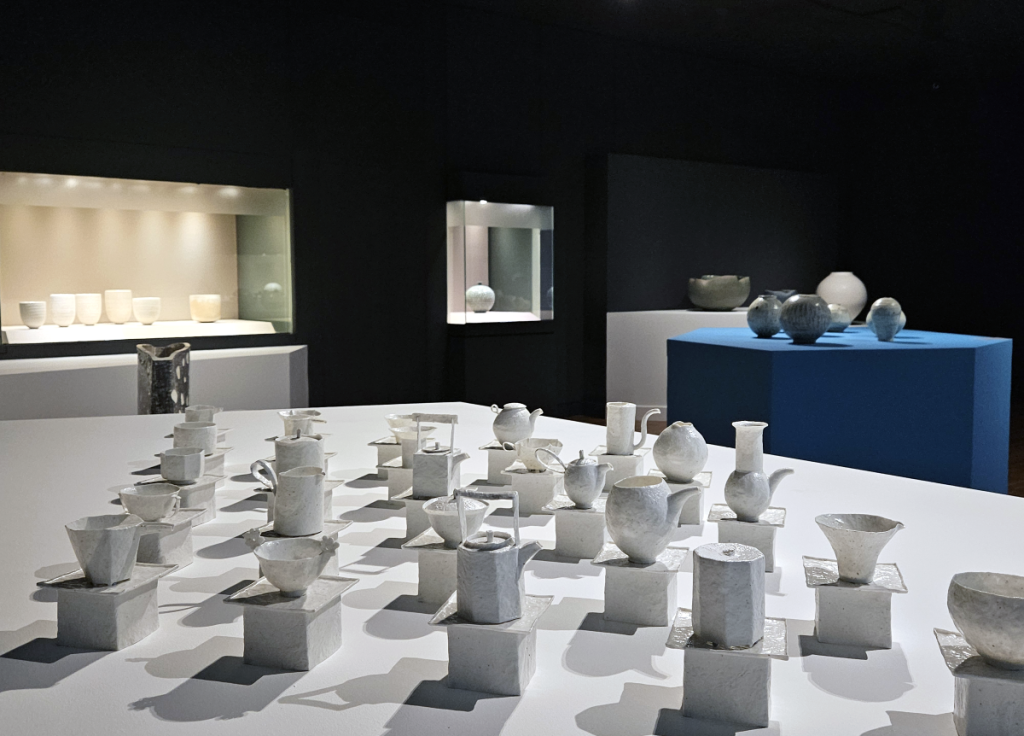
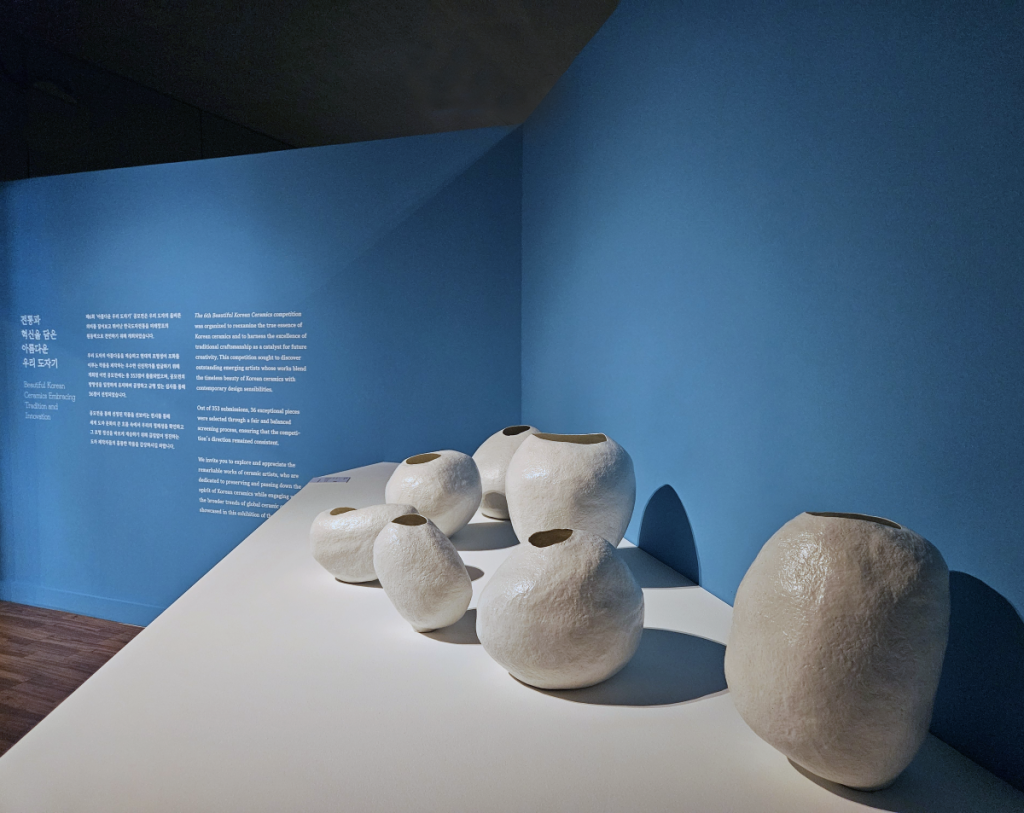
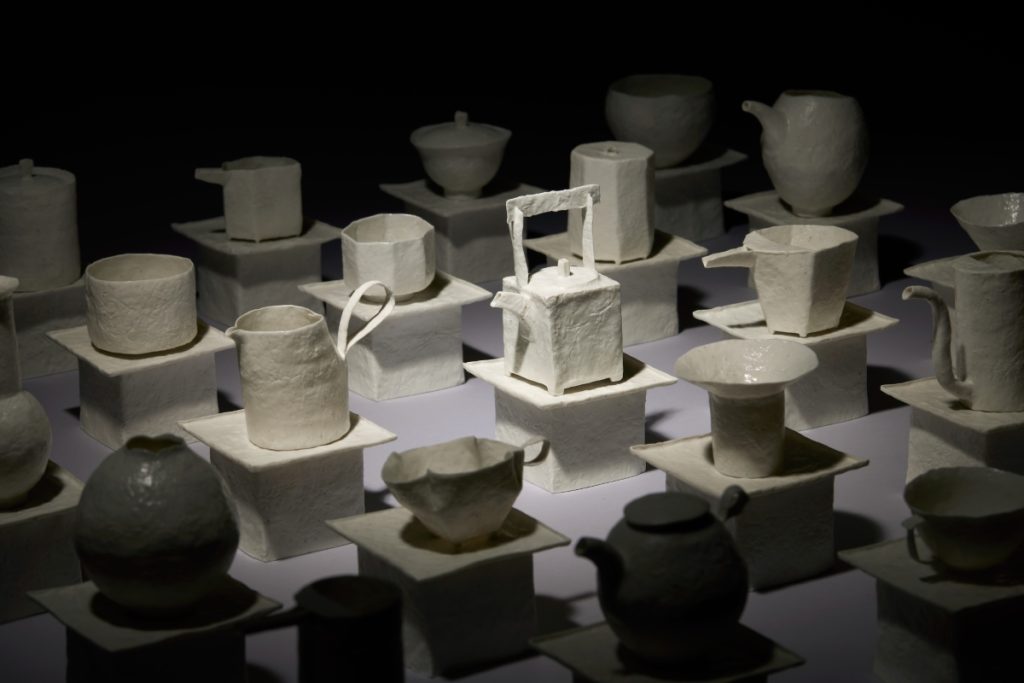
Alongside these three major exhibitions, a series of theme-related academic events were held, including the International Ceramics Academic Conference, Roundtable, the Gyeonggi Museum of Contemporary Ceramic Art Symposium: A Museum for All, and the Royal Joseon White Porcelain Seminar. These events provide a platform for cooperation, fostering the sharing of the latest trends in ceramics and crafts through international exchange and networking among domestic and international experts.
The workshop included an International Ceramics Workshop and Artists’ Talk & Performance. It offered a unique opportunity for cultural understanding and exchange, with esteemed ceramists from various countries participating and sharing their knowledge and skills in ceramics with artists and young people from diverse cultural backgrounds.
Among the diverse events, the one that most vividly embodied the Biennale’s theme, “Together,” was undoubtedly Visiting Biennale-Loose Solidarity, which took place across Gyeonggi-do. This program brought together 102 local organizations, cultural institutions, and groups within the province (in collaboration with the Gyeonggi Ceramics Biennale) to deliver ceramics and craft-related cultural and artistic content. Through collaboration between the local community and the Gyeonggi Ceramics Biennale, this event elevated cultural value and bridged cultural divides, ultimately reinforcing the Biennale’s theme by creating a community-centered cultural experience that enhances quality of life for all.
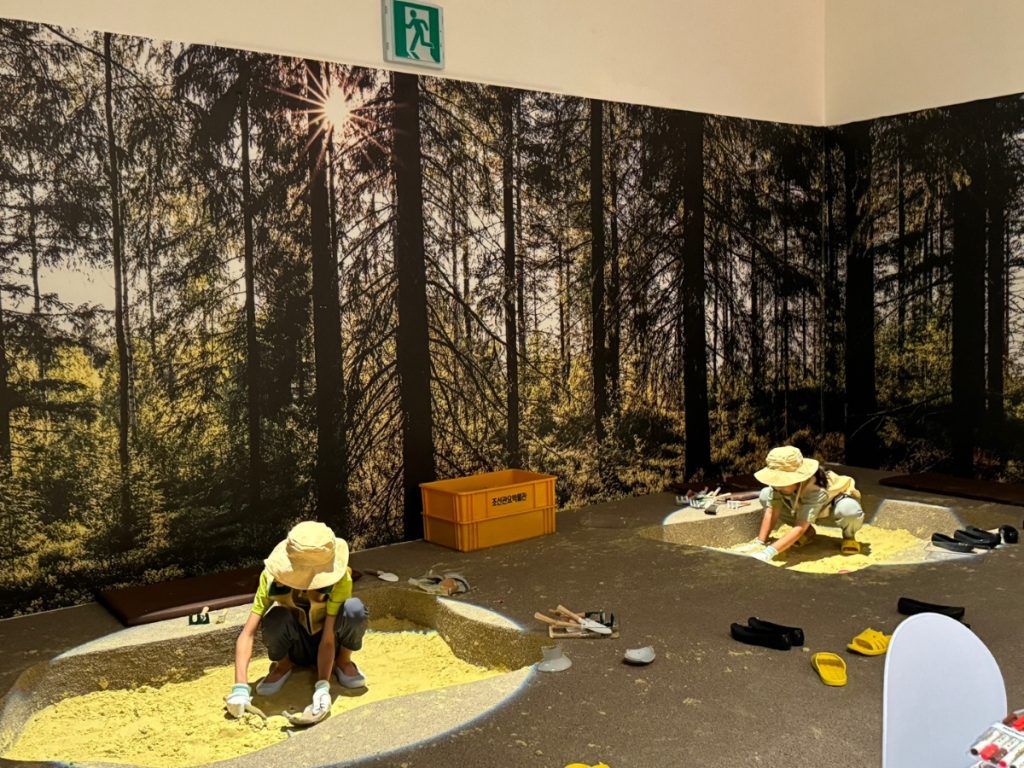
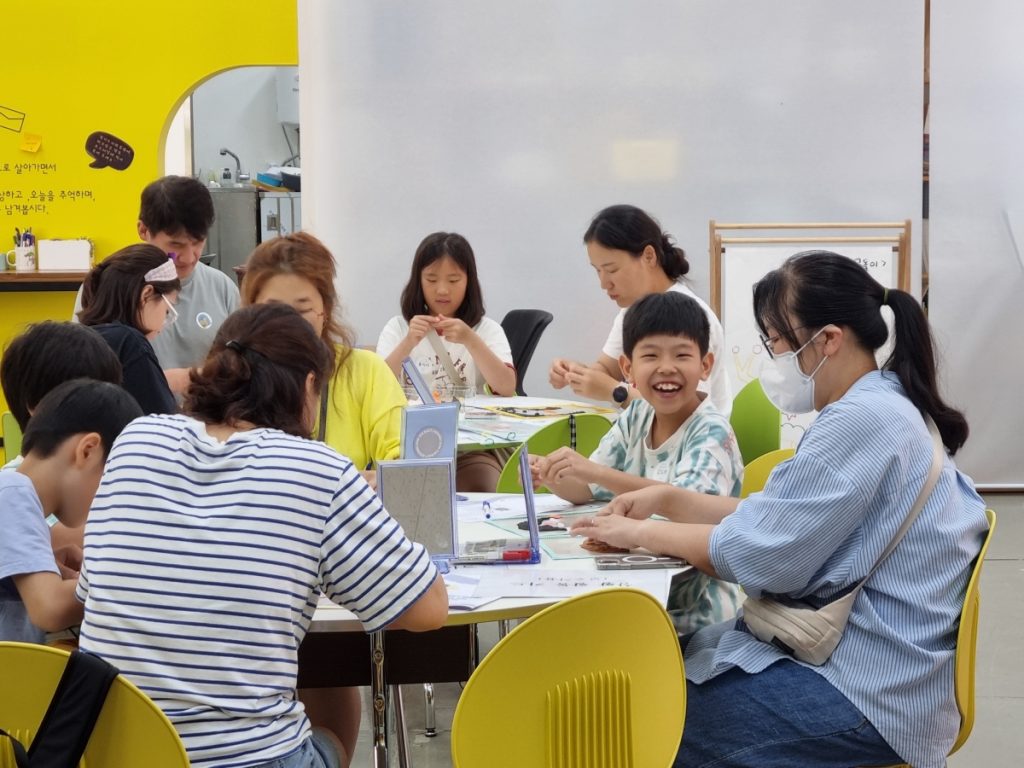
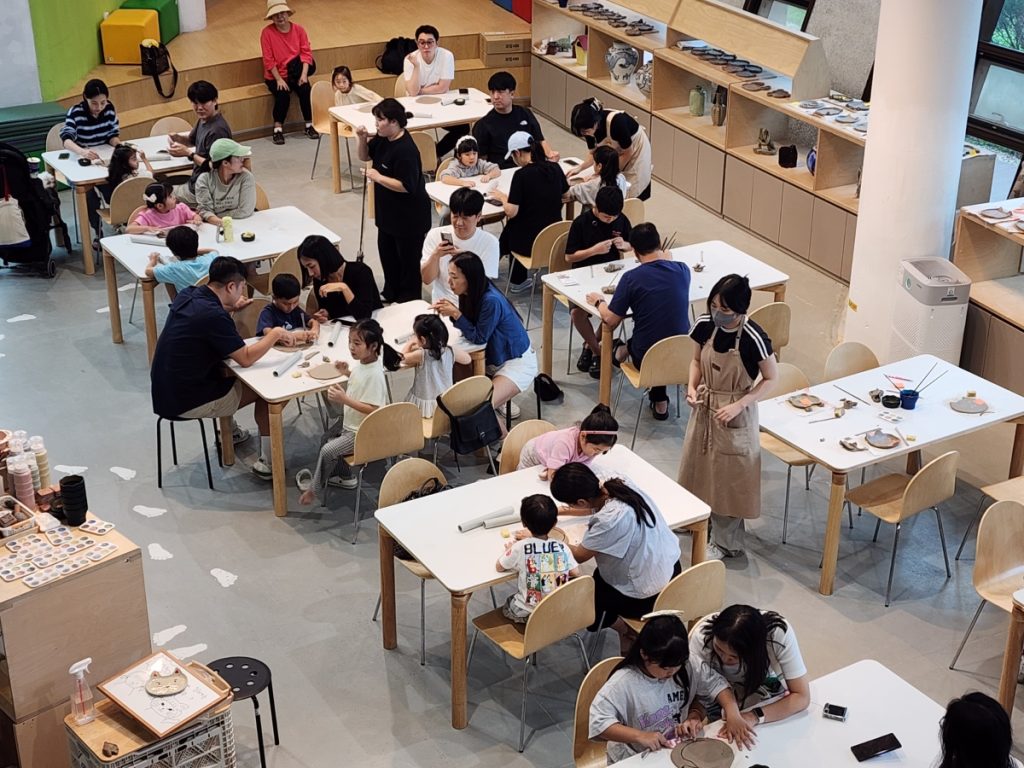
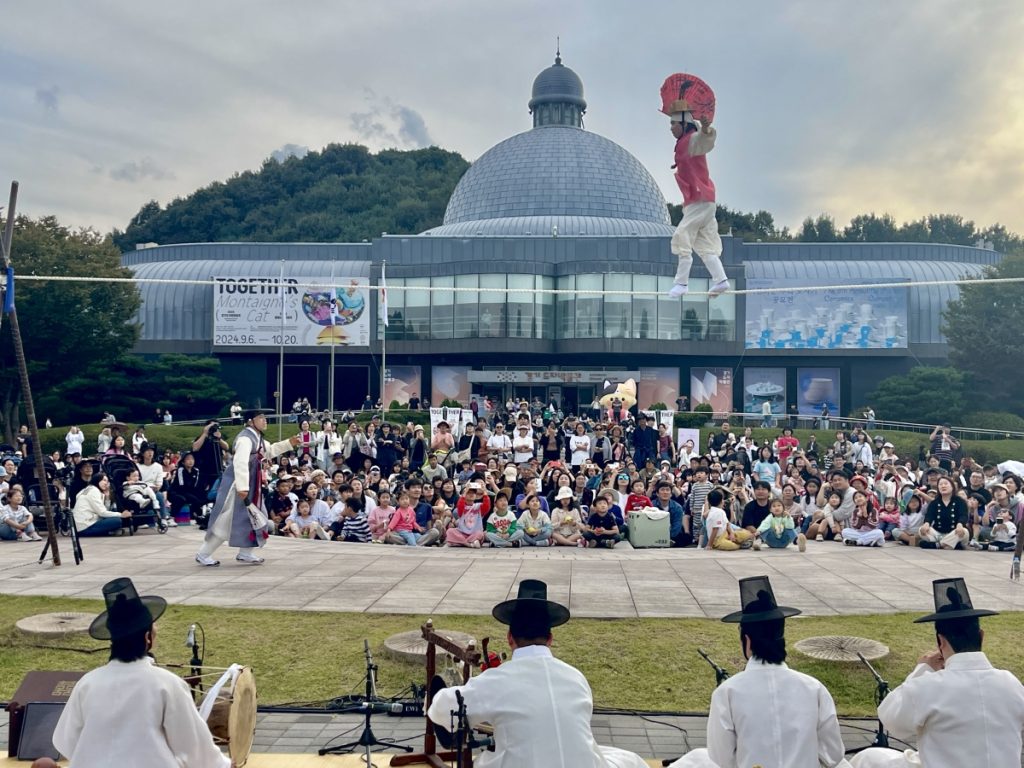
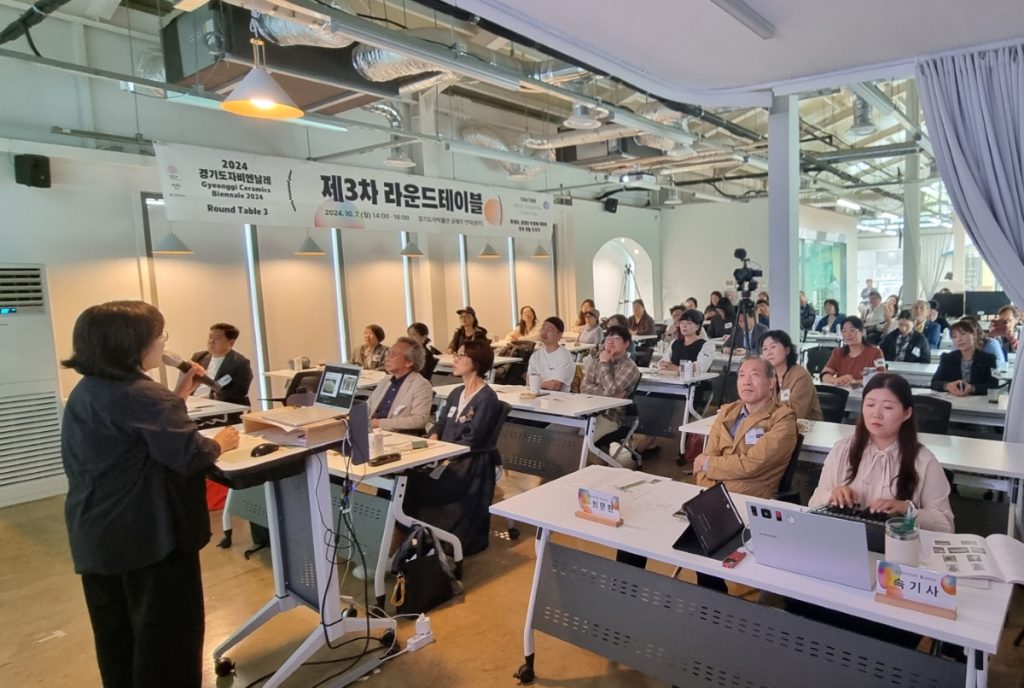
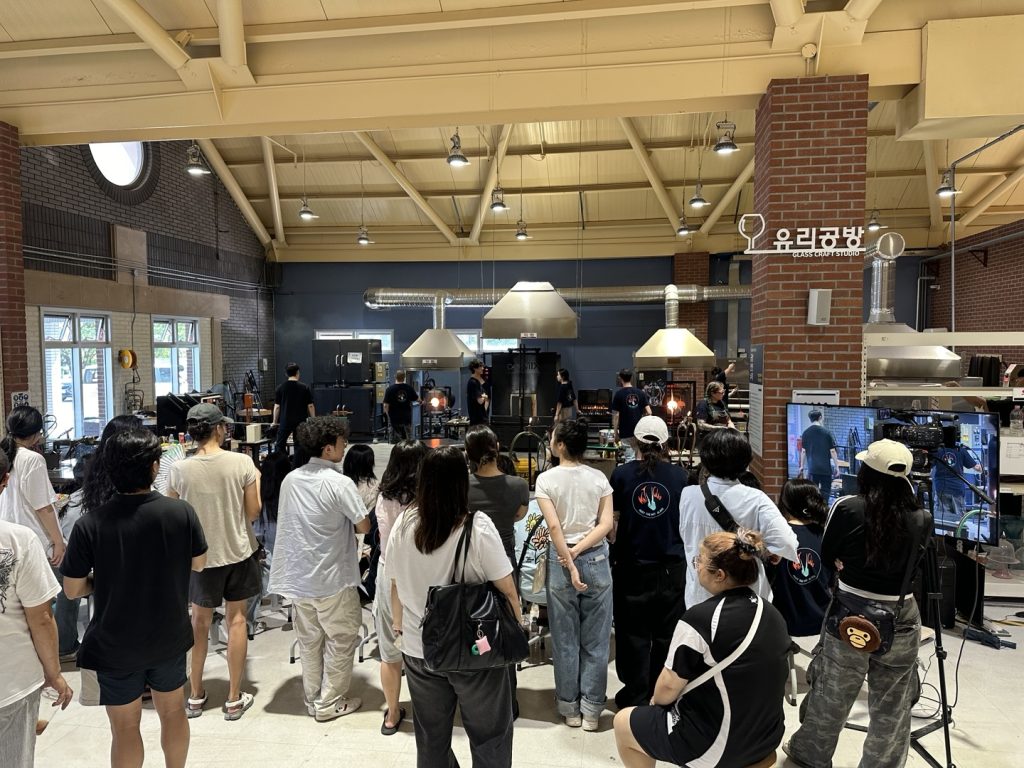
Additionally, a variety of ancillary and collaborative events were held at each venue, including the Museum Concert of Yours in Icheon, the Kids Biennale in Gwangju, the CRAFTS for ALL pet-themed exhibition in Yeoju, the Craft Workshop by the Gyeonggi Craft Creation Support Center, and the Gyeonggi Craft Festa in Yeoju. This Biennale, engaging with citizens across three regions, sought to convey a timely message of cooperation and coexistence more profoundly than ever before. As we had the opportunity to appreciate ceramic art from around the world, this experience helped participants to reflect on the lost value of cooperation and seek the wisdom of living together amidst diverse perspectives and cultures. Inspired by these innovative approaches, we look forward to the next Gyeonggi Ceramics Biennale in 2026.
Contact
contact@gmocca.org
Korea Ceramic Foundation
263, Gyeongchungdae-ro 2697 Beon-gil, Icheon-si,
Gyeonggi-do Province, 17379
Republic of Korea
Photos ⓒ KOCEF
Footnotes
(1) Artistic Director Misun Rheem has served as Director of Clayarch Gimhae Museum and Head of the Craft Division at the Korea Craft & Design Foundation. She is currently a member of the Craft Culture Industry Promotion Committee under the Ministry of Culture, Sports and Tourism, and she also serves as a curator member of the International Academy of Ceramics (IAC). For over 20 years, she has worked as a professional curator in Korean crafts and contemporary ceramics, directing major exhibitions as Exhibition Director for the Korean Crafts Exhibition, Korea Now, commemorating the 130th anniversary of Korea-France relations in 2015; Exhibition Director for the Korean Crafts Exhibition at the 2018 Pyeongchang Winter Olympics; and Artistic Director of the Cheongju Craft Biennale in 2021. Notably, she served as the Chief Curator for the 7th Gyeonggi Ceramics Biennale in 2013 and as an international committee member for the Biennale in 2019 and 2021.


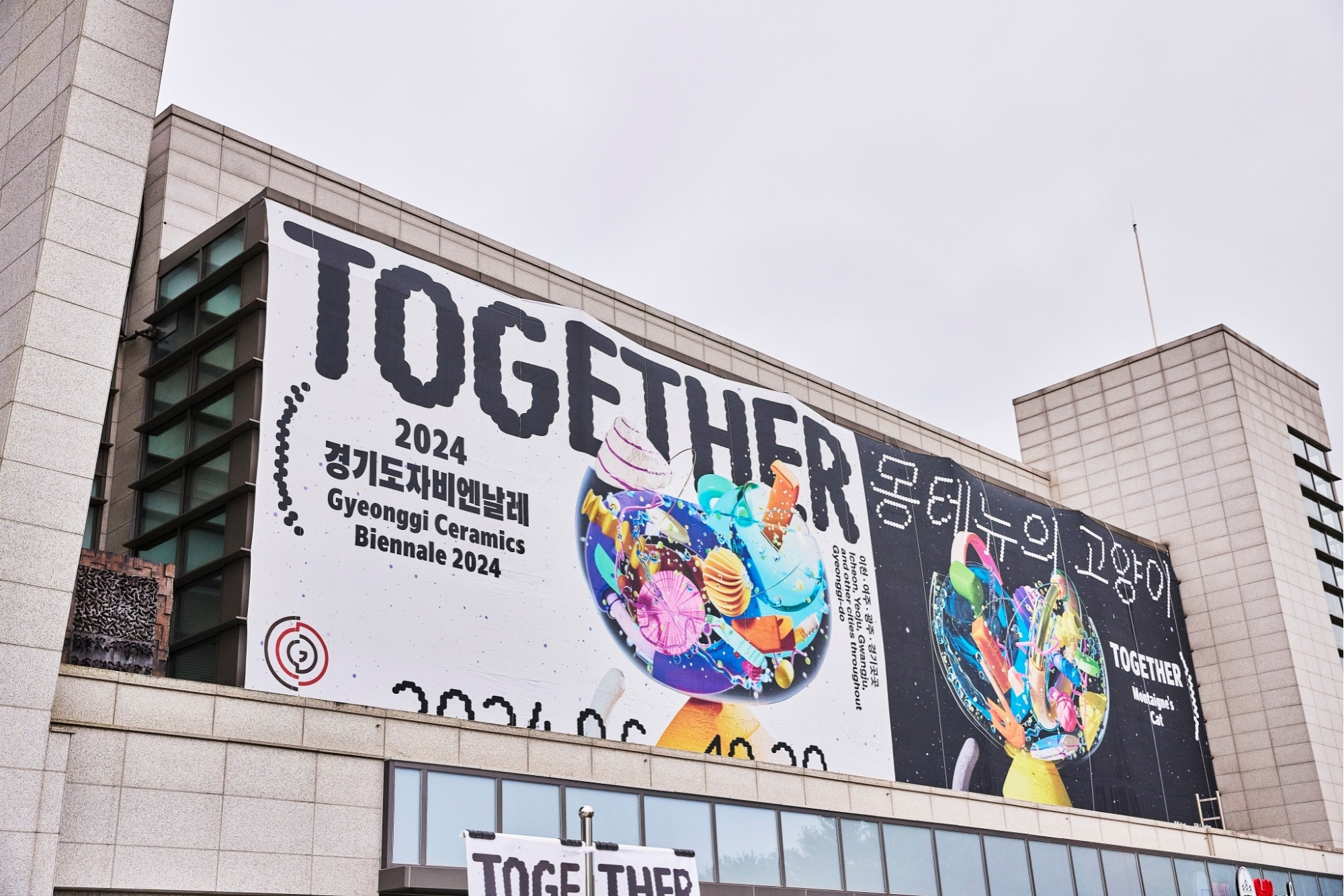

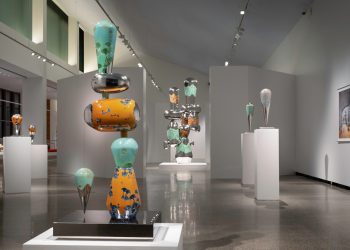
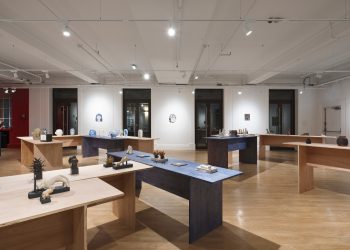
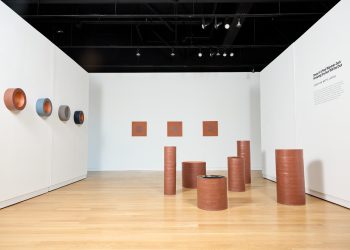









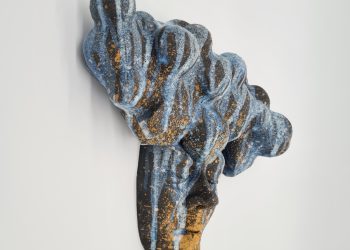


Love this! So informative and helpful.
Awesome article! Really enjoyed reading it.
Thanks for the valuable insights! Much appreciated.